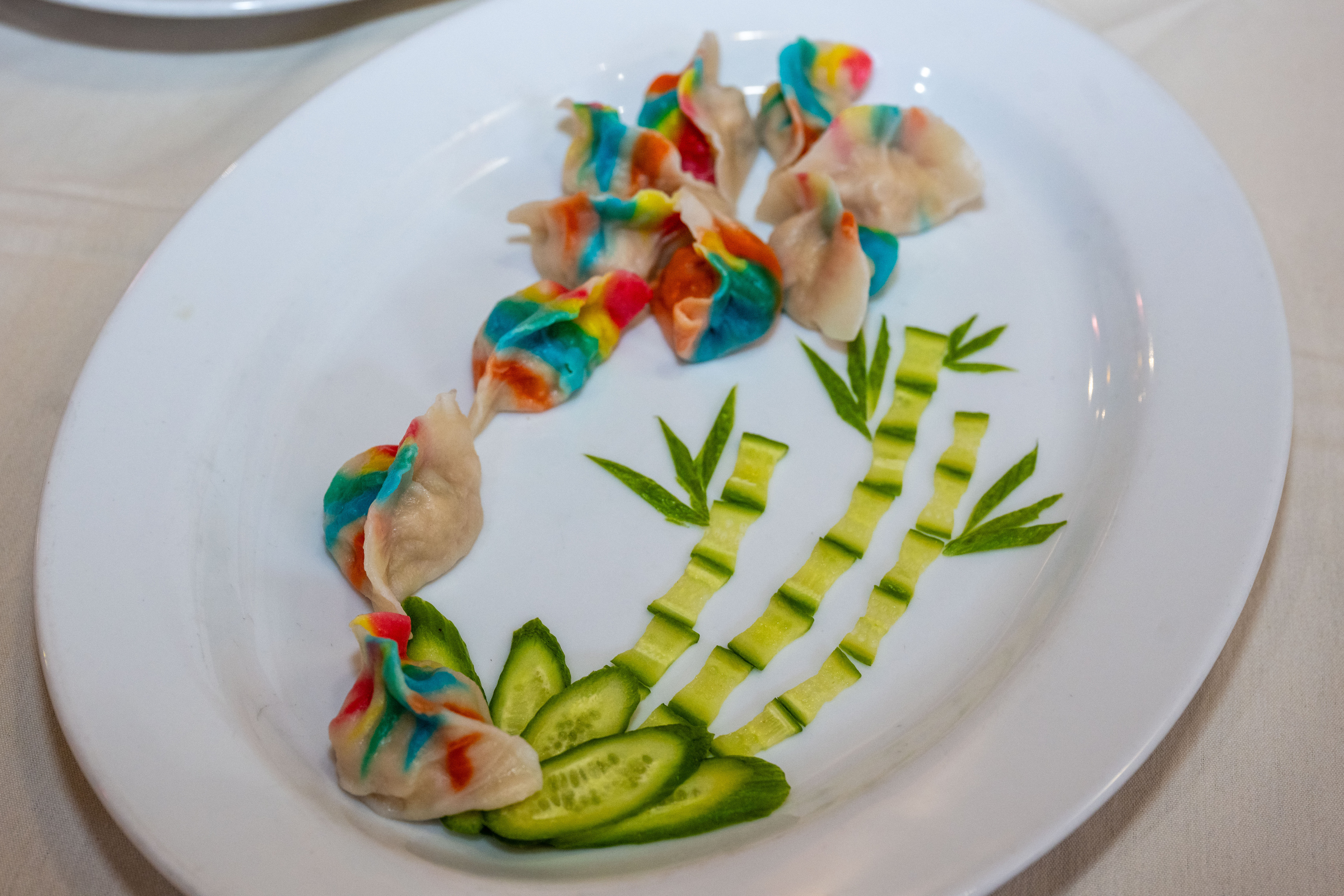
LOADING


The happiest memories of Fenping Geng’s childhood in northern China included the monthly ritual of making dumplings alongside her parents.
They did it the traditional way, finely chopping fat and lean pork, cabbage and leeks, aiming to hit the golden ratio: seven parts meat to three parts vegetables. They stuffed the filling into fresh wrappers, kneaded by hand and shaped with a dowel, crimping them together with the ease of muscle memory.
She and her husband, Feng Gao, served similar dumplings when they ran a restaurant called Sakura Teppanyaki and Sushi. The couple took another tack when they decided to rebrand their Squirrel Hill space as the aptly named Amazing Dumplings two years ago.
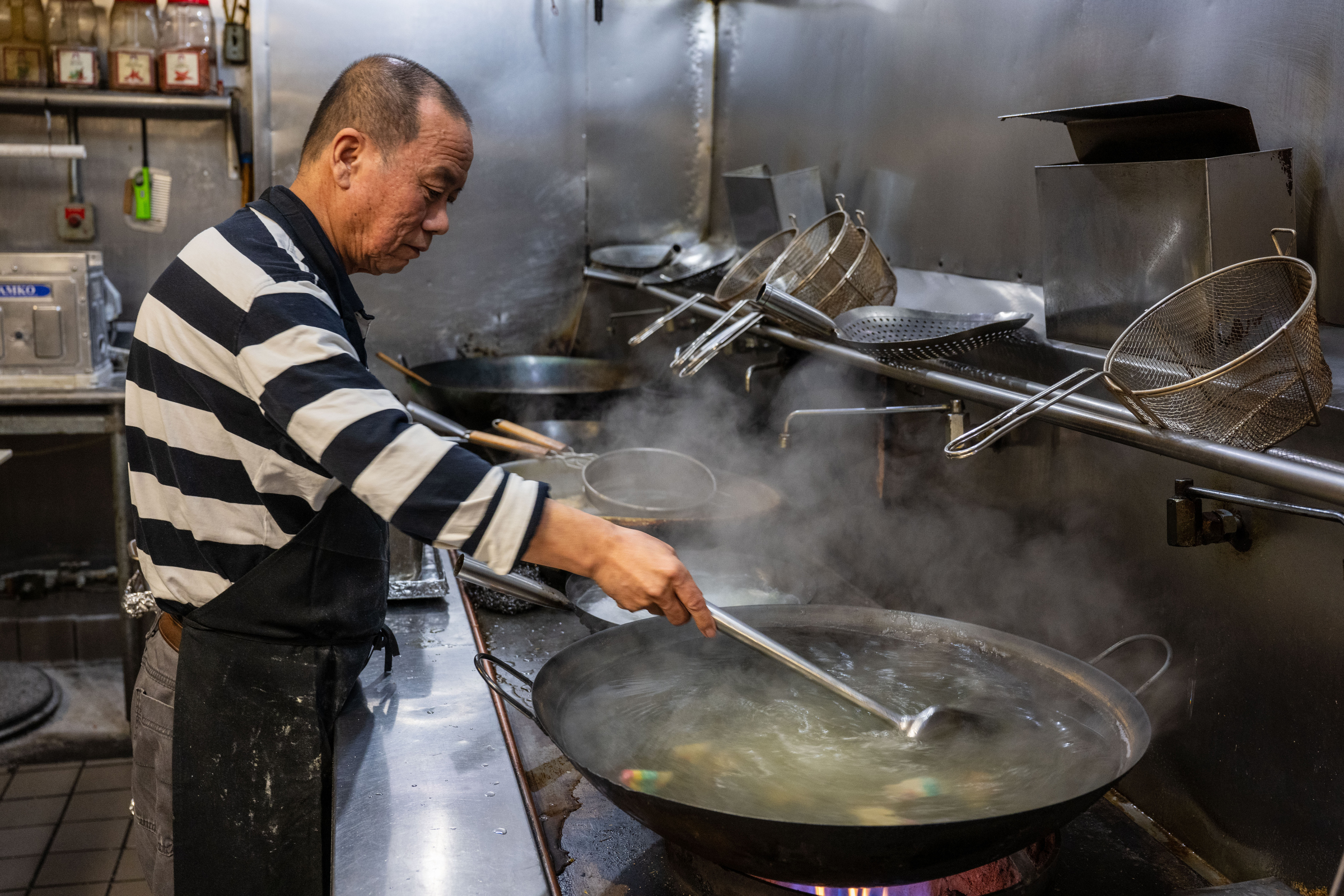
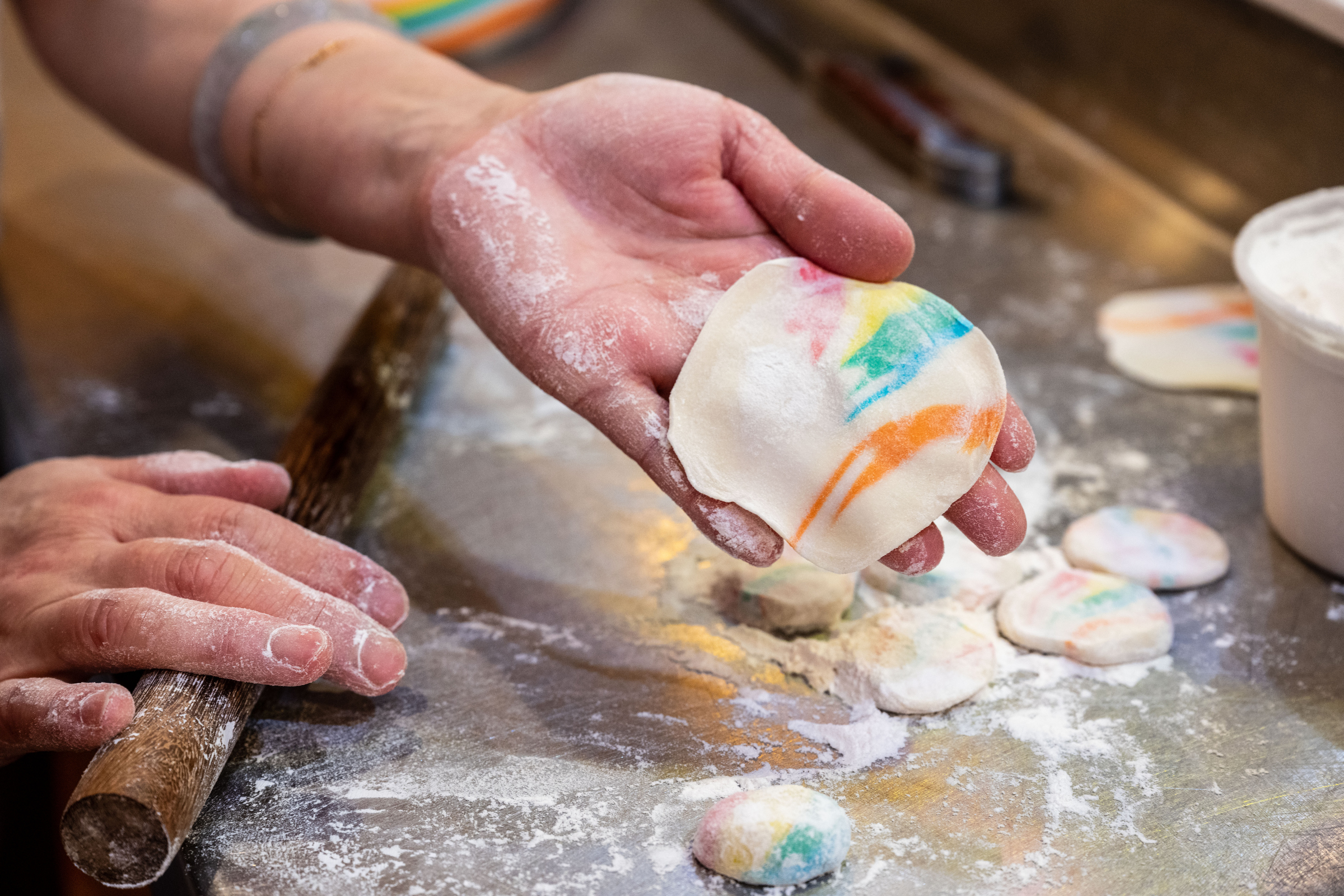
They kept a focus on hand-made, time-tested techniques and flavors, but added a contemporary flair by developing new combinations of fillings and creating a rainbow of options for their wrappers.
“Dumpling fillings can embrace a world of possibilities, so we embarked on innovation,” Geng writes in an email. “Additionally, while traditional dumpling wrappers are of the original color, we questioned why not derive different colors from vegetables? With numerous attempts and failures, I sought guidance from my aunt, a seasoned dumpling restaurant owner. Despite the challenge, we experimented.”
Restaurants serving our favorite Chinese dumplingsHow to make Chinese dumplings at home
Geng has become something of an artist, creating natural dyes for her dumpling skins with techniques like adding lemon juice to blended purple cabbage for a soft, floral pink. Gao’s refined traditional flavors, such as pork and leek, share menu space with new innovations including General Gao’s, a spicy beef dumpling with an intoxicating cumin-forward aroma served inside a skin that looks like the beginning of a sunset on a crystal clear, blue-sky day.
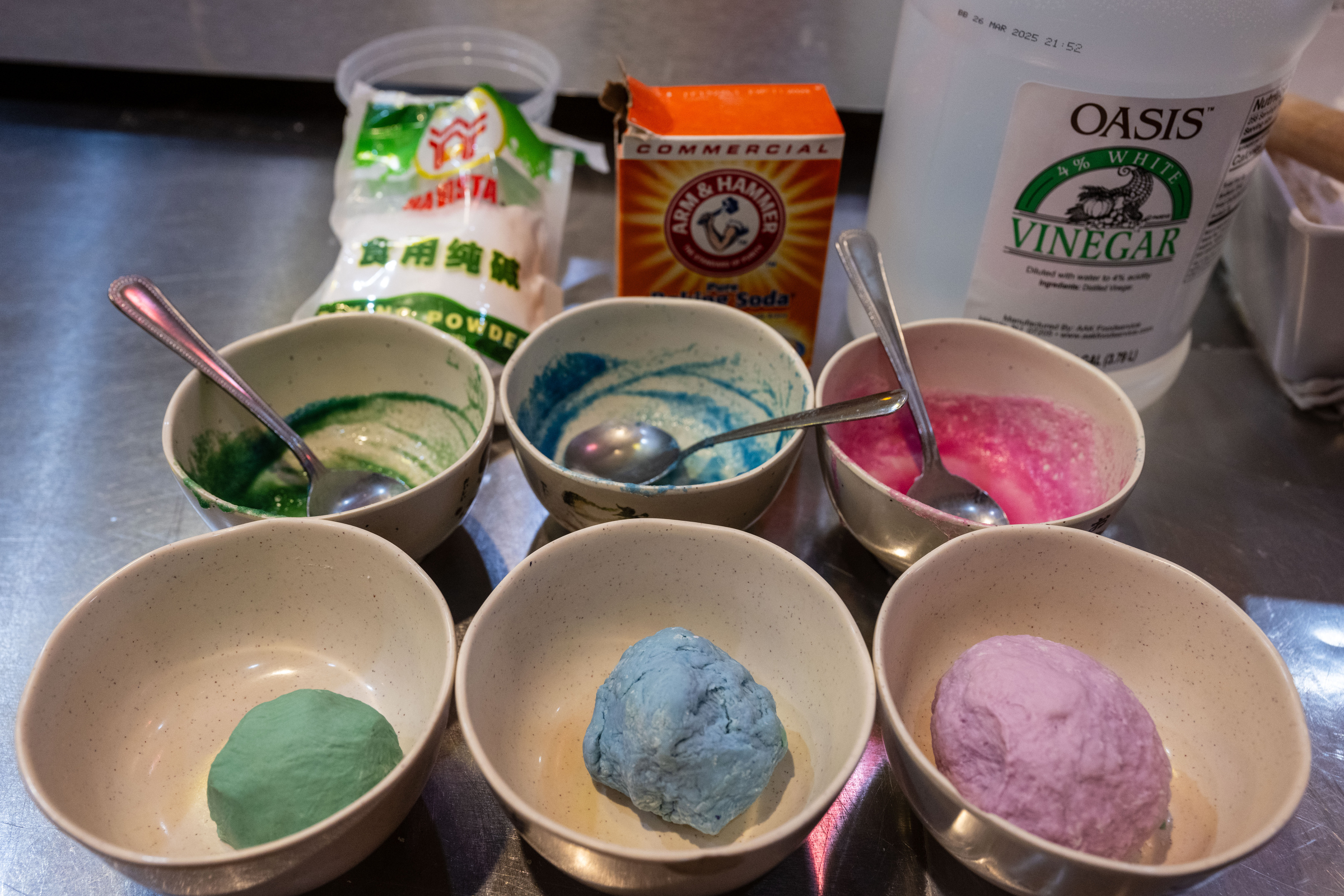
“In China, perhaps no other national dish carries as rich a cultural significance as dumplings. For millennia, they have been a staple on the tables of ordinary people during festive occasions,” she writes.
“I want to turn my dream into reality and share it with every friend, spreading awareness of the important role dumplings play in traditional Chinese cuisine.”
Geng and Gao are at the vanguard of a wave of Chinese dumpling makers in Pittsburgh who, for the past decade, have been expanding the reach of this iconic specialty from their home country.
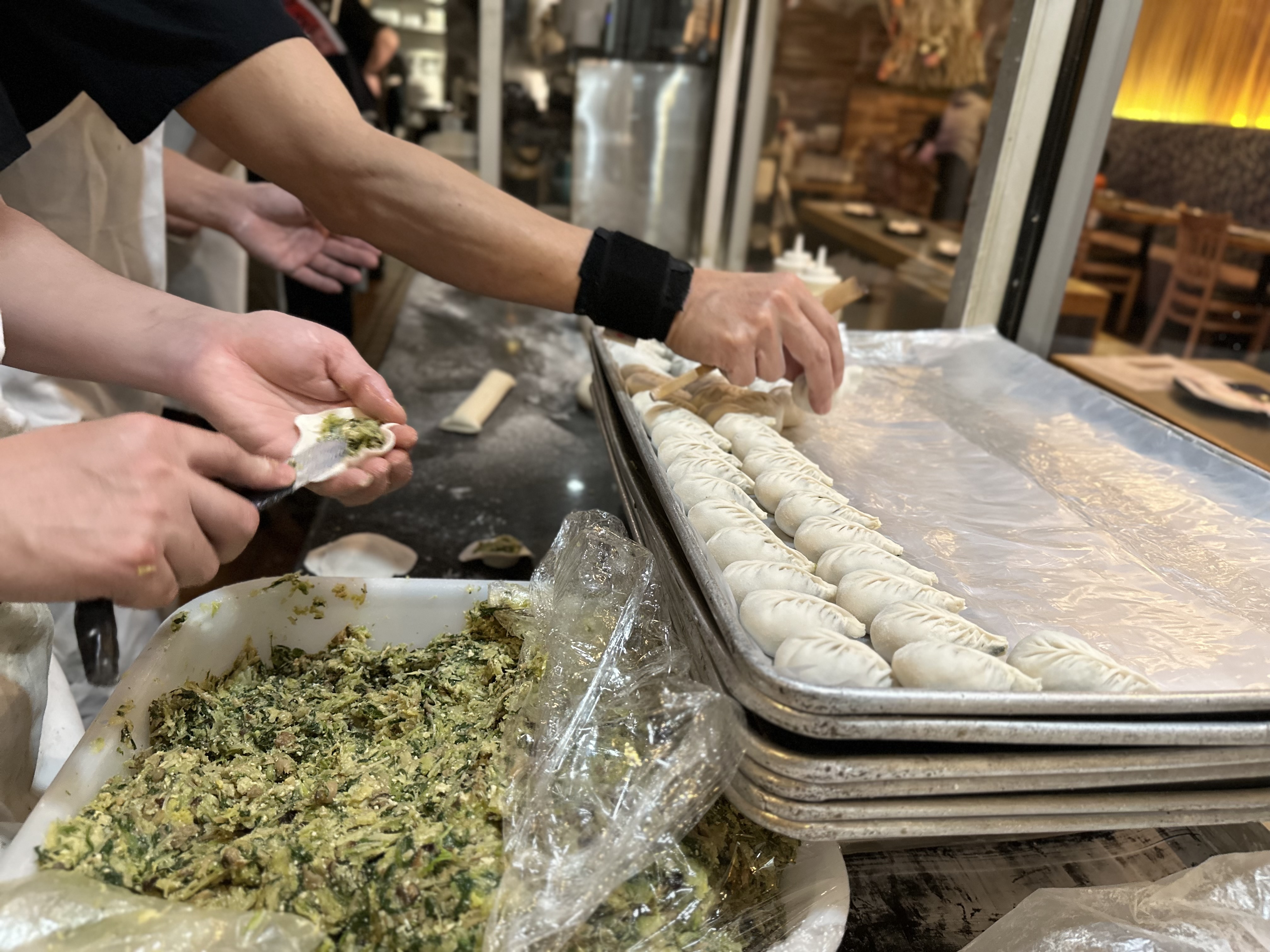
The earliest existing written record of dumplings comes from the Chinese scholar and poet Shu Xi, who wrote “Rhapsody on Pasta” sometime around 300 BCE. In his text, he extolled the virtue of rolled wheat dough stuffed with meat and steamed, a delicacy brought over to northern China by Turkic travelers from what is now Mongolia.
Xi describes various forms of pasta in his poem. He loves all of it, yet reserves extreme adoration (and several stanzas) for the dumpling. Among his high praise:
Rich flavors are blended within;
A plump aspect appears without.
They are as tender as spring floss,
As white as autumn silk.
Steam, swelling and surging, is wafted upward;
The aroma, flying and scattering, spreads everywhere in the distance.

Pittsburgh’s Chinatown was founded in the 1870s by immigrants from Canton province. There was a thriving community Downtown by the 1920s when the construction of Boulevard of the Allies divided and diminished the neighborhood. Only a handful of restaurants remained by the 1950s. One of them, Yung Toy, offered dishes such as egg foo young and chicken chow mein, as well as American items like grilled sugar-cured ham and hamburger with onions, on its 1951 luncheon menu.
The menu, part of the Heinz History Center’s collection of documents from Chinatown’s last honorary mayor, Yuen Yee, also contains the oldest known documented record of what for decades reigned as the most popular Chinese dumpling in the United States: the wonton.
You can still find a terrific version of wonton soup (and a plaque commemorating Pittsburgh’s historic Chinatown) at the city’s longest-standing Chinese restaurant, Chinatown Inn, which opened in 1943.
Delicious, for sure. Yet, according to Mike Chen, owner of Everyday Noodles in Squirrel Hill, they hardly scratched the surface of Chinese dumpling culture.
"The way they made dumplings before in Americanized Chinese restaurants, it was always heavy dough and just a little bit of filling on the inside,” he says.
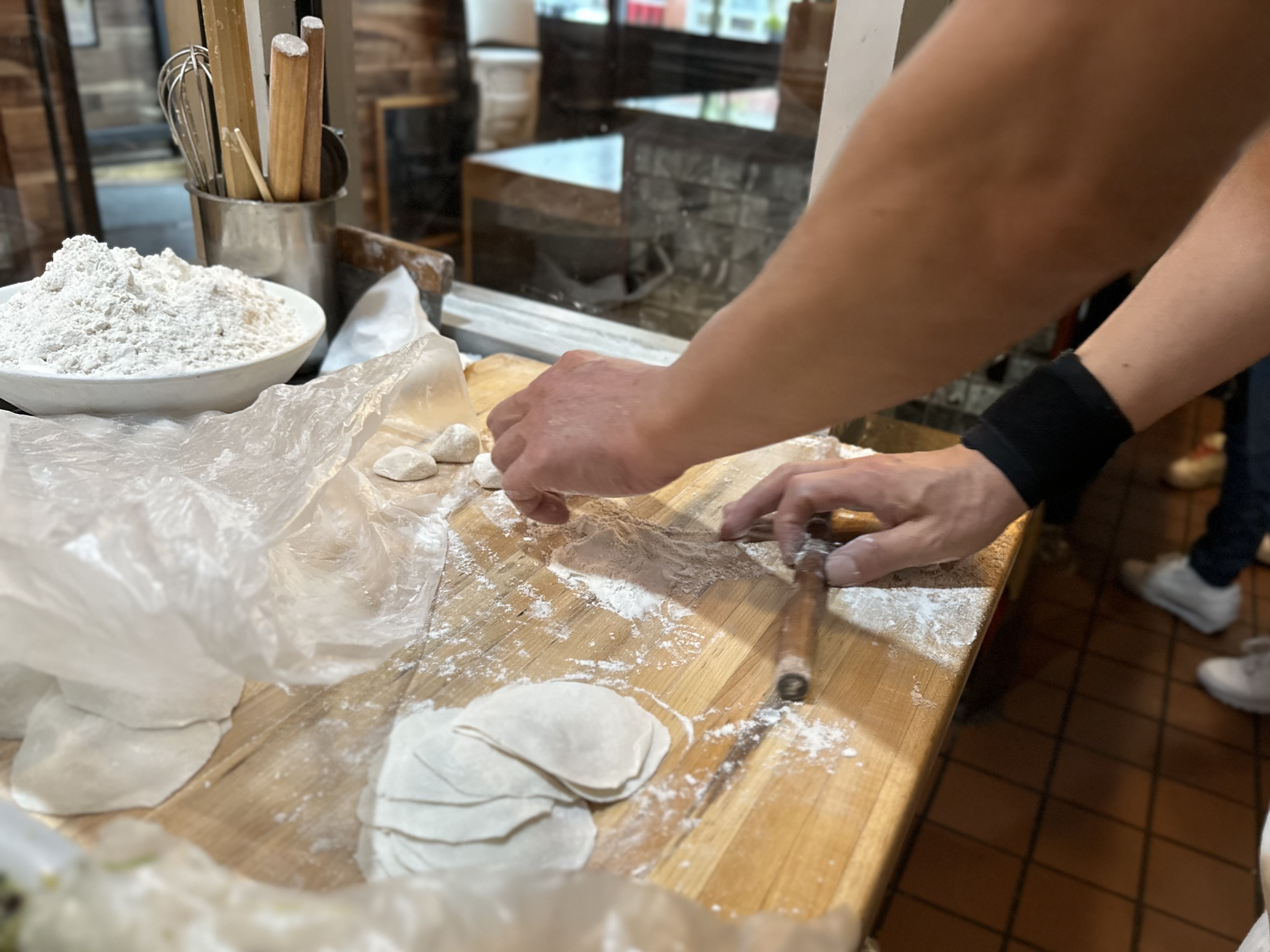
Chen, the dean of Chinese restaurateurs in Pittsburgh, ought to know. After running a Murray Avenue grocery store in the early 1980s, he opened his first restaurant, China Palace in Monroeville, in 1988. Chen operated several more restaurants in subsequent decades, all of them serving what we now think of as Chinese-American cuisine.
His 2013 opening of Everyday Noodles, however, changed the landscape of Chinese dumplings in Pittsburgh.
“We knew people would go crazy for soup dumplings,” he says.
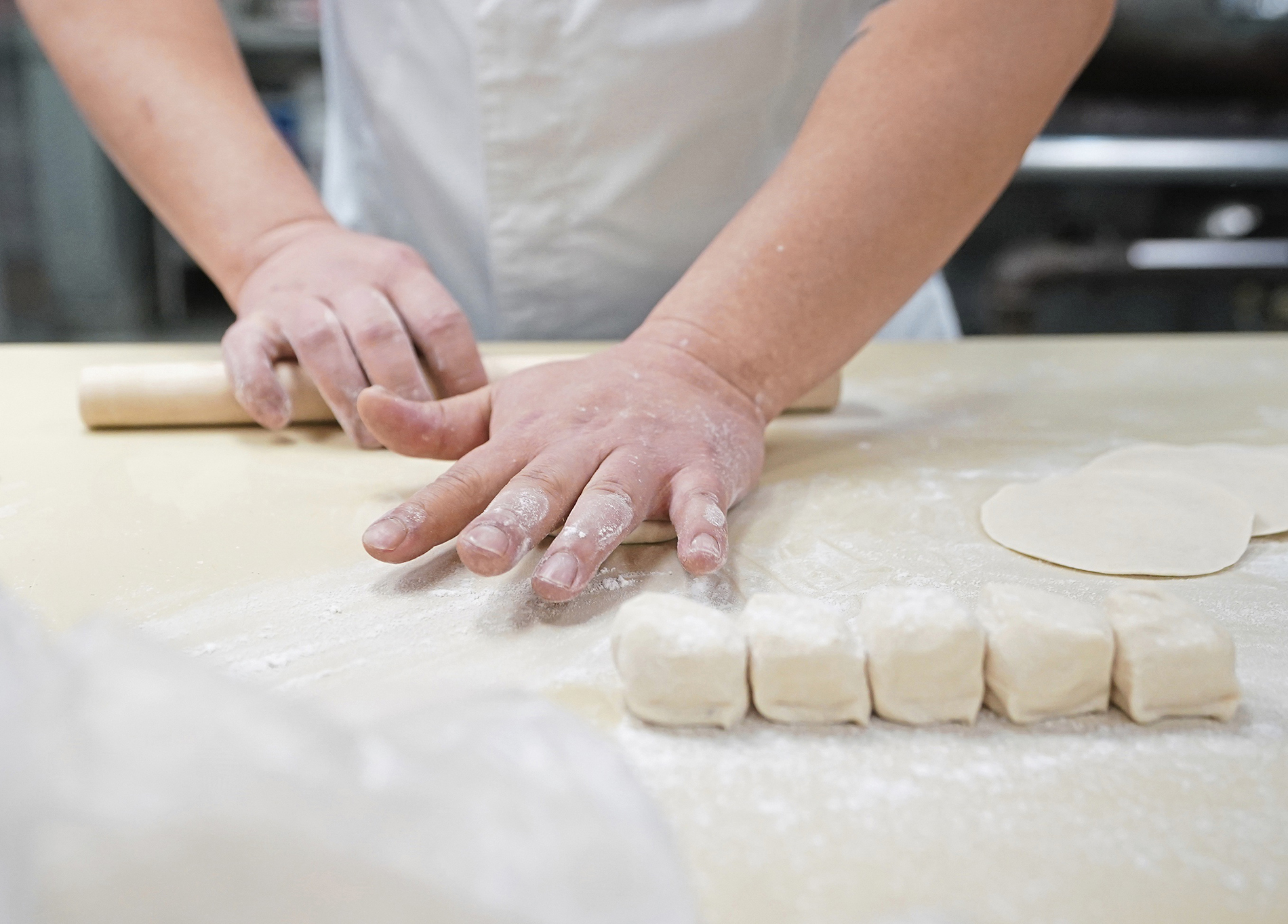
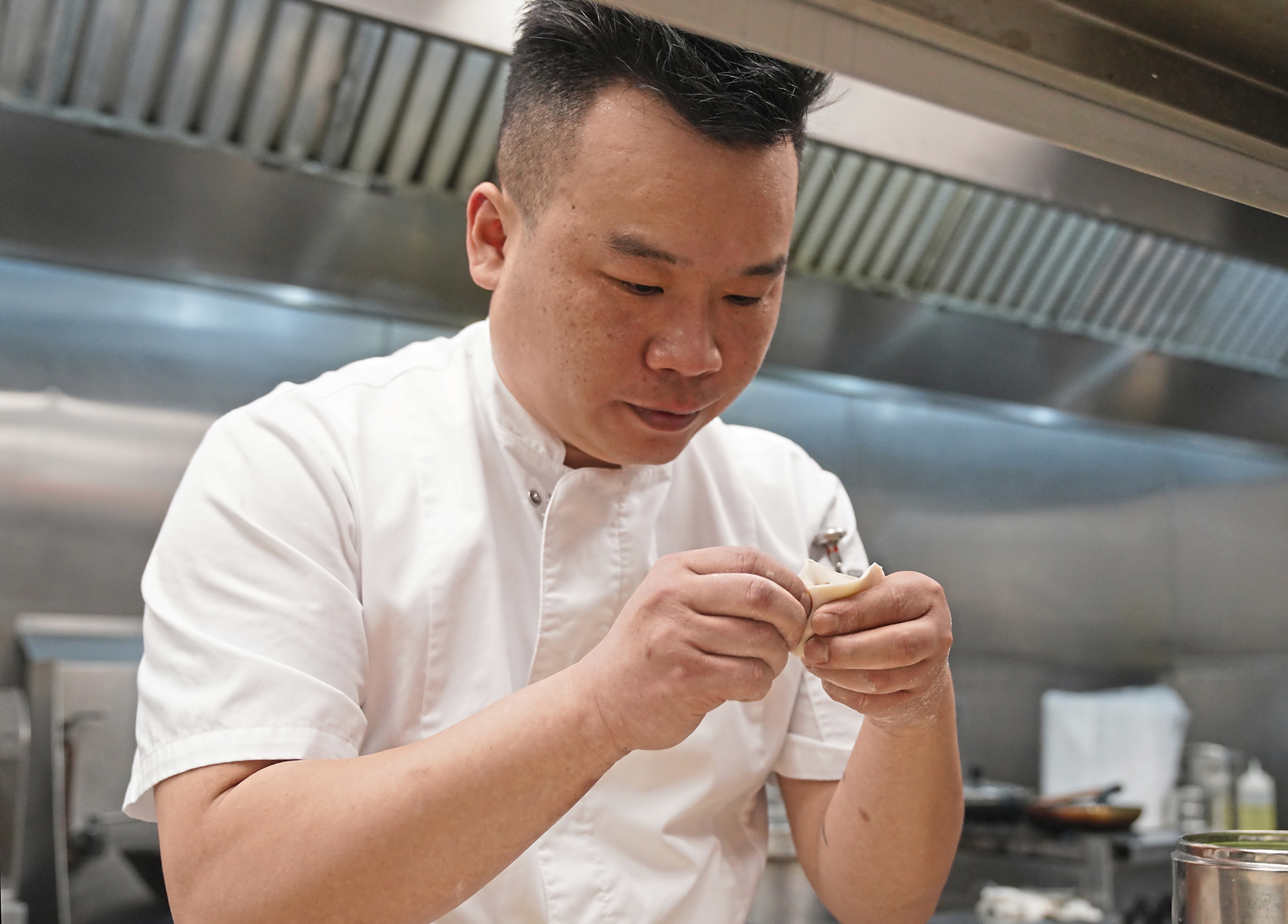
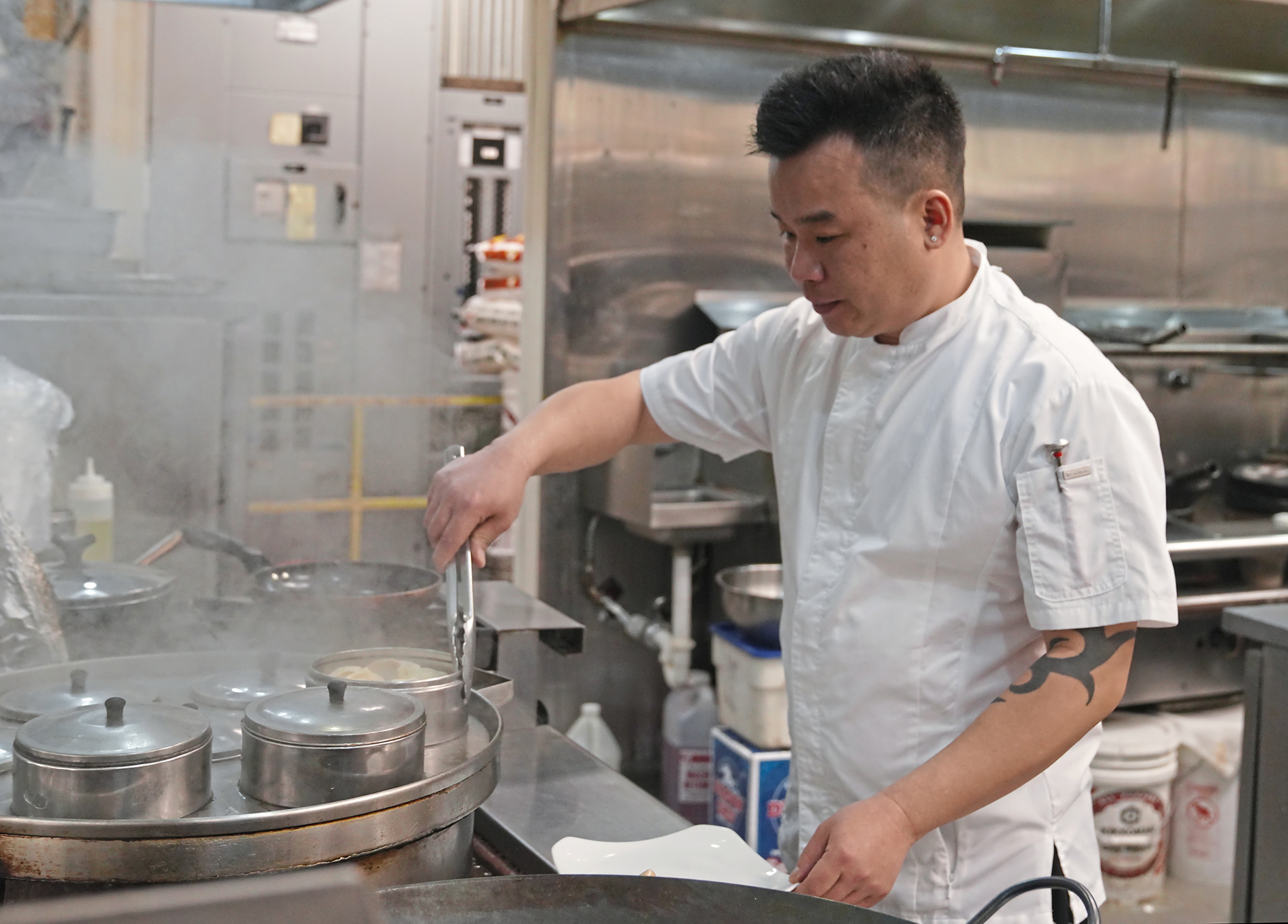
Xiao long bao falls into a different category than classic Chinese dumplings, jiaozi, because of their spherical shape, brothy interior and topside pleating. Chen says the distinction isn’t as important in the United States — hence “soup dumplings” — and, regardless of semantics, they’re utterly delicious.
Joe’s Shanghai, which got its start in Flushing in Queens, N.Y., is credited with introducing xiao long bao to the United States in 1995. Chen puts a different spin on the Shanghainese recipe, using chicken feet rather than pork skins in the gelatinous broth. He says it makes for a lighter, more enjoyable eating experience.
“It’s all about the small details. That’s what makes dumplings so remarkable,” Chen says.
Another of Pittsburgh’s transformative Chinese restaurant owners was doubling down on dumplings, too.
"Our dumplings helped open a lot of people's eyes and taste buds to the diversity of Chinese cuisine,” says Jimmy Wan Jr.
Wan’s father, Jimmy Wan Sr., opened his first Pittsburgh restaurant, Taipei, in 1985. He blended traditional Chinese cuisine with the more popular Chinese-American dishes when he launched his eponymous restaurant in Cranberry in 2006. He opened a second Jimmy Wan’s in O’Hara in 2009.
Its dumpling chef, Kenny Wu, has a dedicated section of the O’Hara kitchen where he makes dough and rolls out a variety of dumplings for both restaurants. Over the past few years, Wu, who still uses an antique Chinese scale with metal weights, keeps digging deeper into introducing new options of (primarily) Hong Kong-style and Cantonese dumplings.
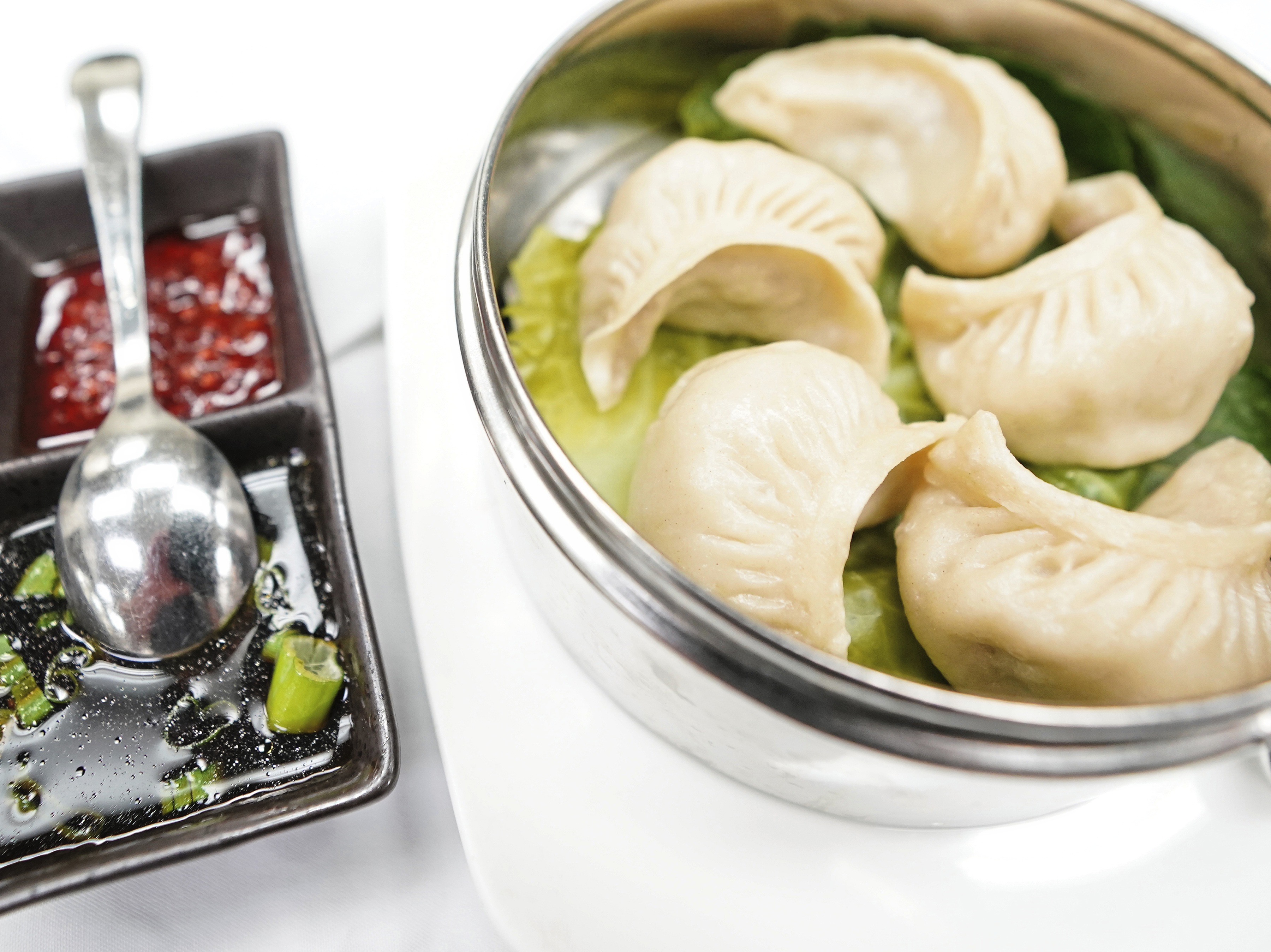
Between Wan and Chen’s work, the stalwarts of Chinese food in Pittsburgh provided a gateway into a vast map of dumplings.
“Culinary tastes in Pittsburgh have changed and people want that authenticity. Chinese dumplings are a big part of that,” says Wan Jr.
There’s still plenty of room to grow, too.
Take Wei Lai Dim Sum, which opened last month in Ross. There, former Everyday Noodles and Bao employees are experimenting with a strong and growing selection of dumplings in a kitchen with deep roots in Pittsburgh’s Chinese restaurant world.
The building once housed China Star, where the James Beard-nominated superstar from Sichuan, Wei Zhu, got his start in the region and, later, Ting’s Kitchen, where “Panda” Lin added a diversity of Taiwanese items.
“More and more, restaurants are getting into the real Chinese dumplings,” Chen says. “People now know what makes them different. You're not eating dough, you're tasting a complete dumpling.
“For real Chinese dumplings, the skin has to be thin and pliable, with a full, juicy filling.”
Hal B. Klein: hklein@post-gazette.com/
Where to eat Chinese dumplings in Pittsburgh
Many of our favorite dumpling destinations are in Squirrel Hill, Pittsburgh's nexus for regional Chinese cuisine. You can, however, find outstanding dumplings all around town. We recommend the following:
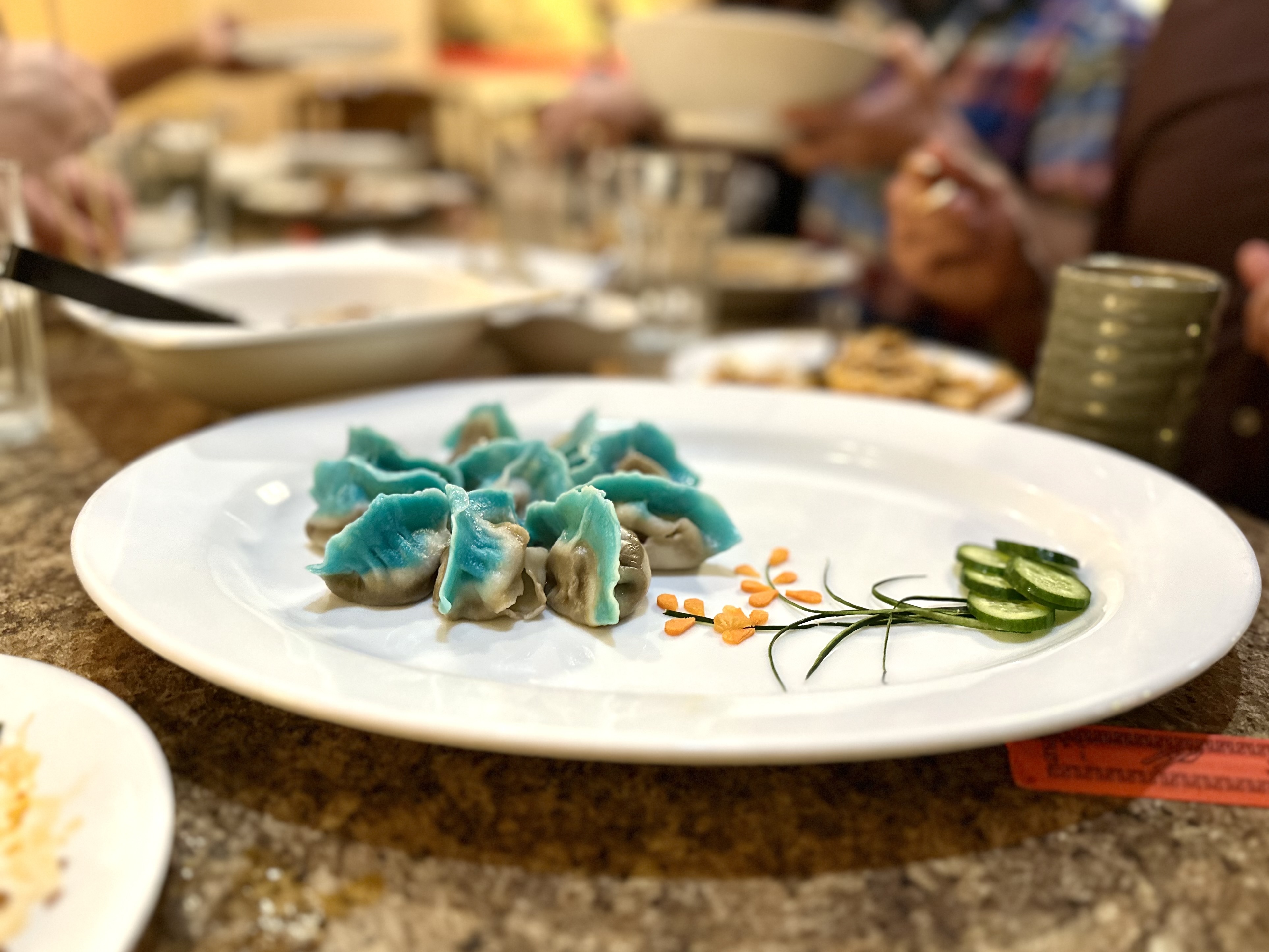
Amazing Dumplings
The go-to spot for classic and contemporary northern Chinese dumplings. Co-owner Fenping Geng’s artful creations begin with scratch-made wrappers. She adds vibrant layers of homemade vegetable dyes to color the skins, bringing fantastical creations — such dumplings inspired by Vincent van Gogh’s “Starry Night” — to Pittsburgh. Geng and her husband, Feng Gao, offer a menu of traditional northern dumplings, such as pork with pickled cabbage, plus contemporary spins including General Gao’s beef and mapo tofu. The couple rounds out the menu with vibrant seasonal offerings and whimsical holiday specials.
5882 Forbes Ave., Squirrel Hill; instagram.com/amazing_dumplings
Everyday Noodles
The Squirrel Hill restaurant introduced Pittsburgh to xiao long bao in 2013. These craving-inducing specialties, first prepared near Shanghai in the late 1800s, are sometimes known as soup dumplings in the U.S. At Everyday Noodles, they’re filled with gelatinized pork and chicken broth, chopped pork with aromatics, or pork and crab filling. Poke through the gorgeous top crimping, slurp some intoxicating broth, add a dash of black vinegar and go to town. The restaurant also sports silky-crispy potstickers, earthy vegetable dumplings and occasional weekend specials such as shrimp with loofah.
5875 Forbes Ave., Squirrel Hill; everydaynoodles.net
Jian’s Kitchen
If you’re lucky, suan cai jiaozi (pickled cabbage dumplings) will be offered when you visit Jian’s Kitchen, the subterranean Murray Avenue treat with a substantial menu of northeastern Chinese dishes. The celebratory dumpling is a specialty of Dongbei, China’s northernmost region, and draws flavors similar to sauerkraut and pork. The restaurant also offers a strong selection of potstickers (beef is a standout) and classic jiaozi.
5824 Forbes Ave., lower level, Squirrel Hill; jianskitchen.com
Taiwanese Bistro Cafe 33
This outstanding Taiwanese restaurant in a former laundromat is a contender for the best xiao long bao in Pittsburgh. When assembling your meal, don’t skip the steamed dumplings either.
1711 Shady Ave., Squirrel Hill; twcafe33.com
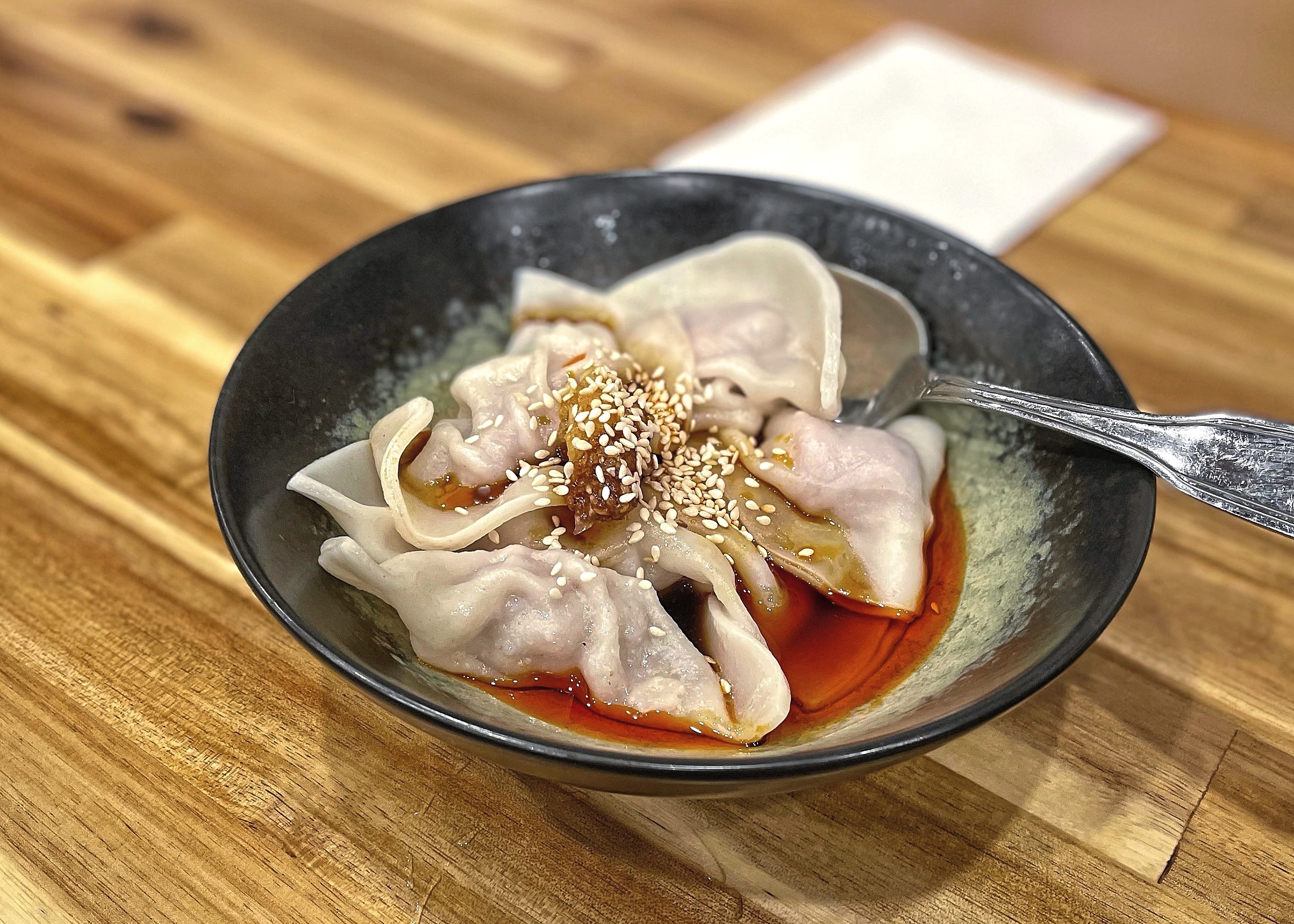
Chengdu Gourmet and Yue Bai Wei
Pittsburgh’s two Sichuan powerhouses aren’t dumpling destinations per se, yet both offer zong dumplings that are a must-add to your feasting checklist. You’ll devour these tasty tidbits with delicate skins, hand-chopped pork and ginger filling served in a hot and aromatic chili oil bath.
5840 Forward Ave., Squirrel Hill (Chengdu Gourmet) and 768 McKnight Road, Ross (Chengdu Gourmet 2)
5874 Forbes Ave., Squirrel Hill; yuebaiweisquirrelhill.com (Yue Bai Wei)
Jimmy Wan’s
This restaurant is a candidate for the most extensive selection of dumplings in Pittsburgh, with as many as 10 varieties in rotation at any given time. It has two locations — the original in O’Hara and another in Cranberry. In O’Hara, longtime dumpling chef Kenny Wu has a dedicated station to mix, roll and stuff various dumpling skins. Signature items including Jimmy Wan’s dumplings, which have a medium-thick wrapper stuffed with ground pork, napa and scallions that lap up the sauces, are classically delicious. Wu continues rolling out new dumplings, so be on the lookout for specials such as special chive-and-pork dumplings prepared with an egg-enriched dough. That offering has ultra-tender skin, almost like melting butter on the tongue. Chinese chives dominate the filling, beautifully enriched with pork fat, scallion and sesame.
1337 Old Freeport Road, O’Hara; 1686 PA-228, Cranberry; jimmywans.com
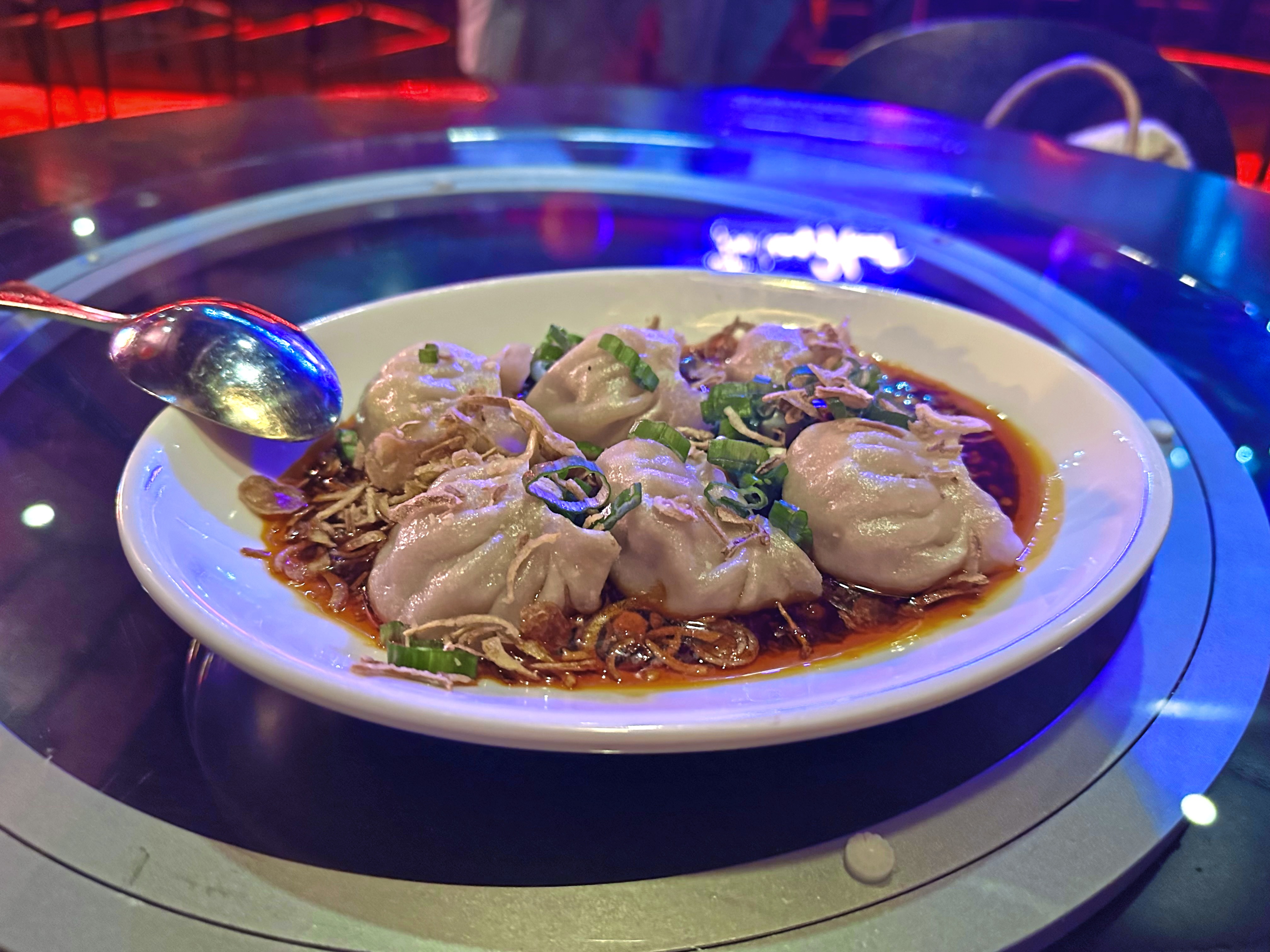
The Parlor Dim Sum
Everything is scratch-made at Parlor Dim Sum, where you’ll find a strong and varied selection of Hong Kong- and Cantonese-inspired dumplings. Jade dumplings, with vivid emerald skins filled with napa, corn, cabbage and chestnuts, are a star. That’s especially the case for vegetarian eaters, who are often left out of the dumpling party. Delicate har gow (crystal shrimp dumplings) come in near-translucent wrappers. Pork-and-chive potstickers are presented with shimmering ribbons of tender skin topped with lacy, crispy batter and a resonant filling. Over the last few months, chef/owner Roger Li began experimenting with juicy dumpling specials, spinning out hits such as a vegan miso-seitan permutation as well as spicy prawn and chive served with a tangy lime leaf sauce.
4401 Butler St., Lawrenceville; theparlordimsum.com
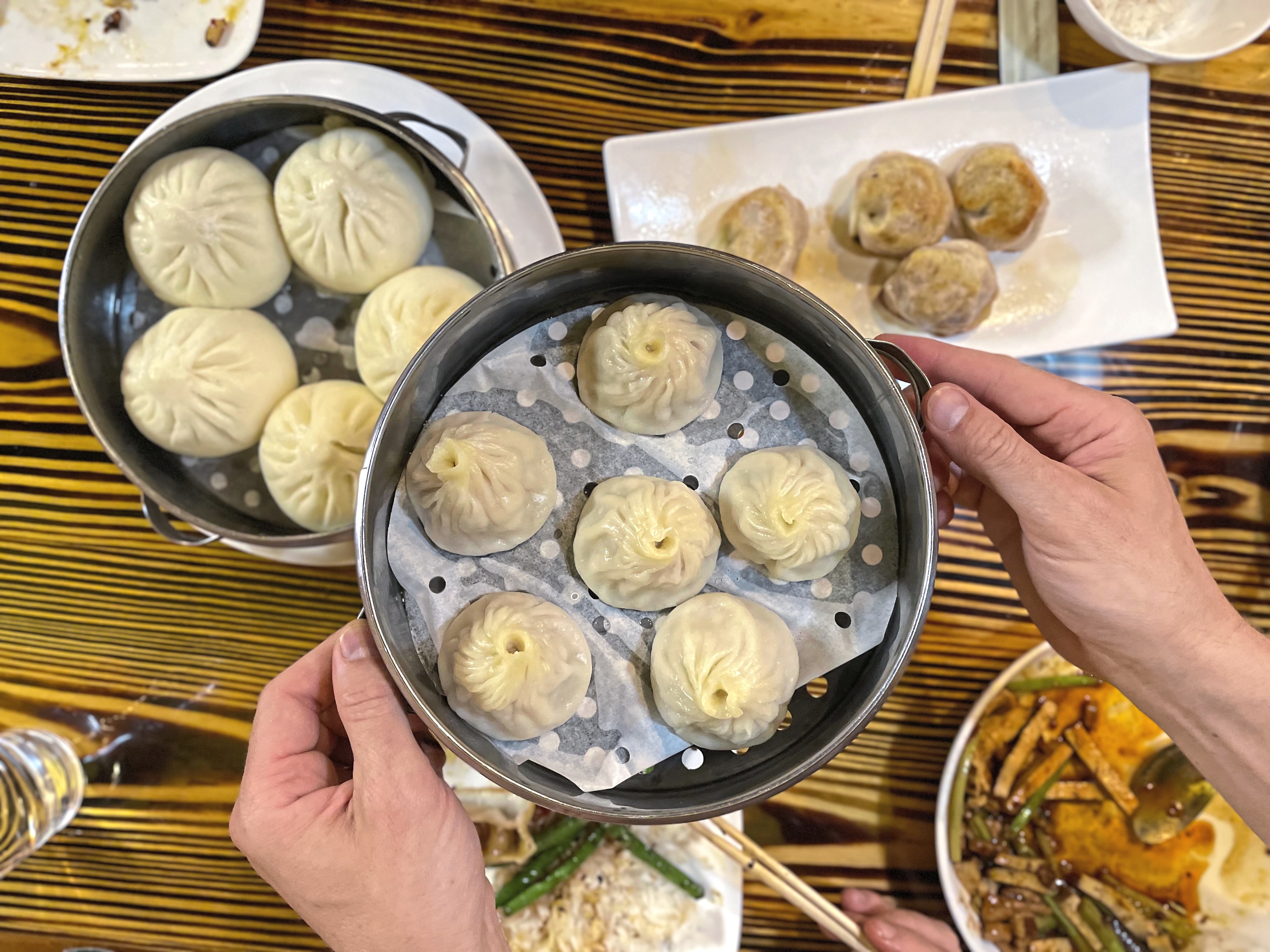
Bao
When ownership took over the former Lulu’s Noodles space on Craig Street, they built a glass-enclosed room for its team of chefs to prepare its scratch-made dumplings. There are many options to choose from at Bao’s two Oakland locations. The best places to start are the delicate steamed crystal shrimp dumplings and the assortment of steamed dumplings encased in medium-thick wrappers, which you can have pan-fried if that’s how you like it. Bao also offers very good soup dumplings.
400 S. Craig St. and 114 Atwood St., Oakland
Golden Palace
The Oakland restaurant is best known for its all-you-can-eat buffet, but the long-standing establishment is also a top spot to enjoy Cantonese dim sum-style dumplings. Look for fun guo, pork dumplings with a crystal skin that are a specialty of coastal, eastern Guangdong province. They also offer a variety of steamed pork, shrimp and vegetable dumplings.
3607 Forbes Ave., Oakland; goldenpalacepgh.com
Jade Grille
South Hills residents should visit this Mt. Lebanon gem for handmade, juicy pork dumplings. Shumai pork, potstickers and spicy Sichuan wontons are solid options too.
670 Washington Road, Mt. Lebanon; jadegrille.com
Wei Lai Dim Sum
This newest dumpling go-to in Pittsburgh, Wei Lei, opened in March. Located just off McKnight Road, the restaurant, run in part by former Everyday Noodles employees, offers Pittsburgh's largest, juiciest xiao long bao. Don’t miss the kitchen’s savory steamed chicken-and-corn dumplings either. The developing menu, which will grow over the next couple of months, also includes steamed shrimp and spinach dumplings, shumai and vegetable soup dumplings.
3200 McIntyre Square Drive, McCandless; weilaidimsumpa.com
Hal B. Klein: hklein@post-gazette.com/
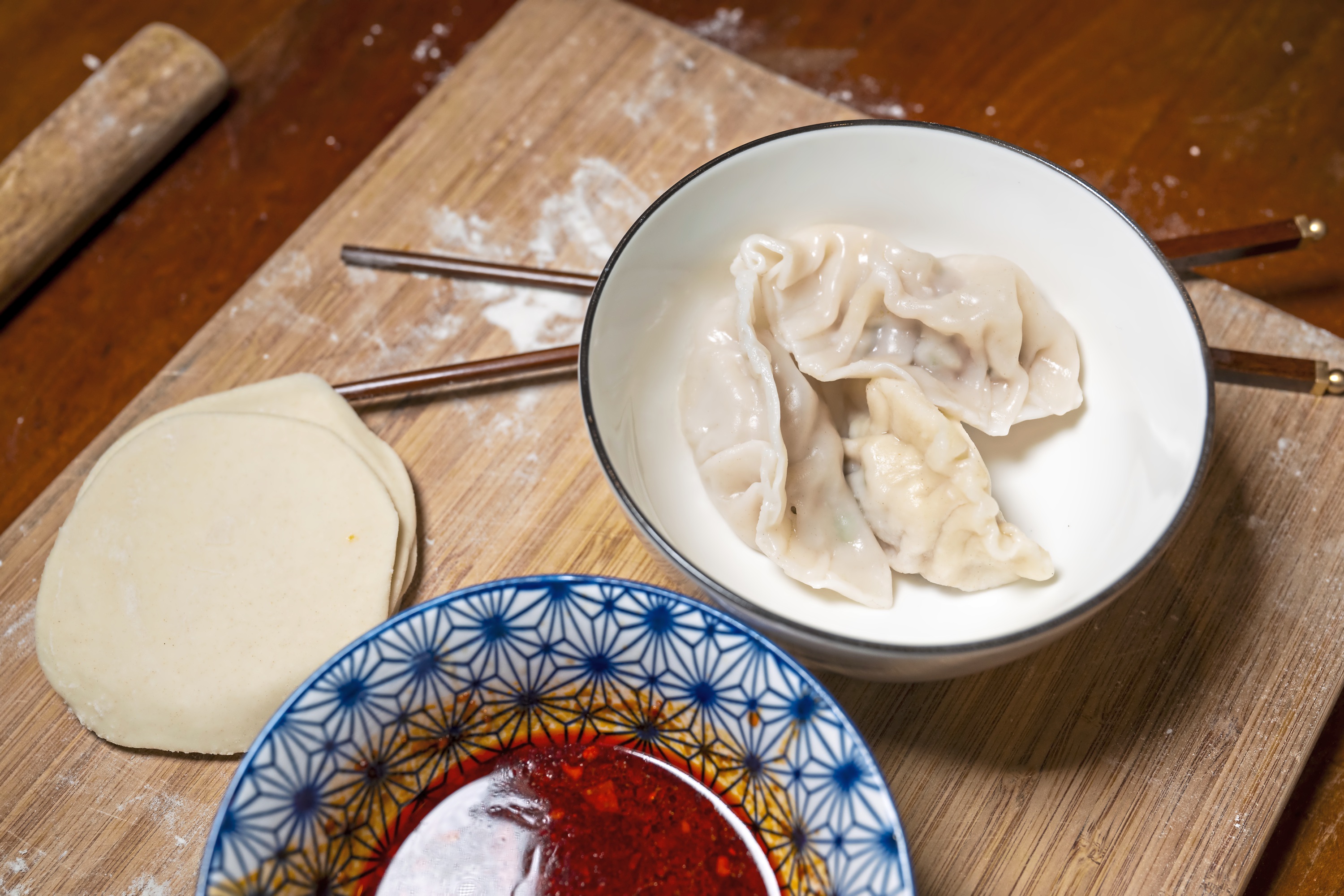
When it comes to Chinese comfort food, nothing beats a really good bowl of hand-pulled noodles or a steaming, silky bowl of mapo tofu. Yet our love affair with Chinese food often centers around dumplings.
Whether they’re boiled, steamed or pan-fried, it’s just so easy to eat five, six or even a dozen of the plump and juicy dough bundles stuffed with ground meat and/or vegetables. And you don’t even need to head to your favorite Chinese restaurant or order takeout to enjoy them.
With a bit of practice, most home cooks will find jiaozi fairly easy (and fun!) to make, especially if you get an assembly line going and opt for pre-made wrappers.
Because they’re shaped like ancient Chinese ingots, dumplings are often a celebratory food in China, enjoyed during holidays such as the Lunar New Year, when they symbolize wealth and prosperity for the upcoming year. But that’s not always the case. Former Pittsburgher Hannah Che, who wrote the James Beard Award-winning “The Vegan Chinese Kitchen” in 2022, grew up eating them any time the family got together.
Dumplings take quite a few forms in China, depending on the province and region, says Che. Since both parents are from northern China, her family mostly ate boiled dumplings. Dumpling making was also very much a joint effort, with her father rolling the homemade dough wrappers, most everyone else filling and pleating them and her mom handling the cooking.
It would have been quicker and easier to use the inexpensive frozen wrappers you can find in any Asian market, and she’s quick to point out there’s no shame in going the convenience route. In fact, this is how many Chinese home cooks make dumplings.
“It’s just we always made the dough from scratch,” Che says on an early morning phone call from Dali in China’s southwestern Yunnan province, where she is working on a second cookbook that will focus on tofu.
Dumpling do’s and don’ts
Dumplings from scratch are better for one simple reason: texture.
“Homemade dumplings just always have a more satisfying mouth feel,” Che says.
Also, scratch wrappers only require mixing all-purpose flour and water, then letting the dough rest for a little bit to become smooth and silky before kneading and rolling it out. “You don’t need any leavening.”
That said, she still has some tips to make rolling, stuffing and pinching homemade dumplings a little easier for beginners.
For starters, if you’re going to boil the dumplings, it’s important to use cold water when mixing the dough because it will give you a thicker skin. Otherwise, they will fall apart in boiling water. (If you’re going to pan-fry the dumplings, however, use hot water for a more delicate wrapper.)
You need to get the proportion of water to flour just right; if it’s too soft, it will fall apart under the weight of the filling. This is the one time you might consider using a scale to weigh both water and flour.
“It should be really elastic, but still stiff,” Che says.
Take a rest
It’s also essential to allow the dough to rest on the counter (to relax it and make it easier to roll), and aim for consistently sized portions when you pinch or cut the dough after rolling or spinning it into ropes.
Rolling the dough between two pieces of parchment paper eases the process. You also might consider using a tortilla press if you’ve got one handy — especially if you’re intimidated by the thought of all that rolling.
“It’s a definite time saver!” she says.
The wrappers don’t have to be a perfect circle, just roundish.
When it comes to preparing a meat filling, combinations are endless, but Che says it’s important to add in some chives, green onions or chopped cabbage “so there is something juicy (but not watery) in there besides the meat.”
If you’d rather go vegetarian, you need similar aromatics along with “something meaty” like tofu or tofu skin to give the dumpling some heft.
“You can also include vermicelli or glass noodles because you can chop it up really nice, and it adds this richness and texture to the filling that is really satisfying,” she says.
Just be sure to squeeze a vegetarian filling to remove any excess water. And you’ll also want to go heavier on the salt than you would ordinarily on both varieties because the dough wrapper will subdue the seasonings.
Mixing and stuffing
Another time-saver: Use a food processor instead of mixing all the ingredients by hand.
“It really saves a lot of time, and you want something pasty,” says Che.
Now you’re ready to stuff and pleat the bundles.
Since the primary goal is to keep the filling inside, and elaborate pinches take a lot of practice, settle for a basic half-moon shape unless you really want to make it look pretty. This is especially true if you’re simply going to boil them, says Che. Fancy edges are more for steamed dumplings served for dim sum, where the presentation is more refined.
Make sure the finished dumplings are flat on the bottom. It makes them easier to pick up with a pair of chopsticks.
Che’s final words of advice: Find a partner or, even better, several.
“Dumpling making is definitely more enjoyable when it’s a communal activity,” she says.
All those bodies working in unison, in fact, is what makes dumplings a celebration food in Chinese culture.
“It takes so long, you might as well have lots of hands,” she says, laughing.
Recipe: Homemade jiaozi (dumplings)
PG tested
This dough comes together, rolls out easily and can be used regardless of filling or the cooking method. Since I was making them by myself, I halved the recipe for a smaller batch of about 50 dumplings stuffed with a classic cabbage and pork filling.
If you’re going to freeze the dumplings, place them in a single layer on a cookie sheet and freeze until hard before storing in a plastic bag.
For an easy dipping sauce, stir together 2 tablespoons of black vinegar, 2 tablespoons of soy sauce, a pinch of sugar and a heaping teaspoon (or more) of chili crisp, chili oil or sriracha.
For dough
4 cups (560 grams) all-purpose flour, plus more for dusting
¾ teaspoon salt
1 cup plus 3 tablespoons (280 grams) cold water
For filling
1 pound ground pork
1 tablespoon minced fresh ginger root
4 cloves garlic, minced
2 tablespoons thinly sliced green onion
4 tablespoons soy sauce
3 tablespoons sesame oil
1 cup finely chopped Chinese cabbage
Prepare dough. Put flour in a large bowl and add all the water. Mix together with a pair of chopsticks until all the flakes come together in a shaggy ball.
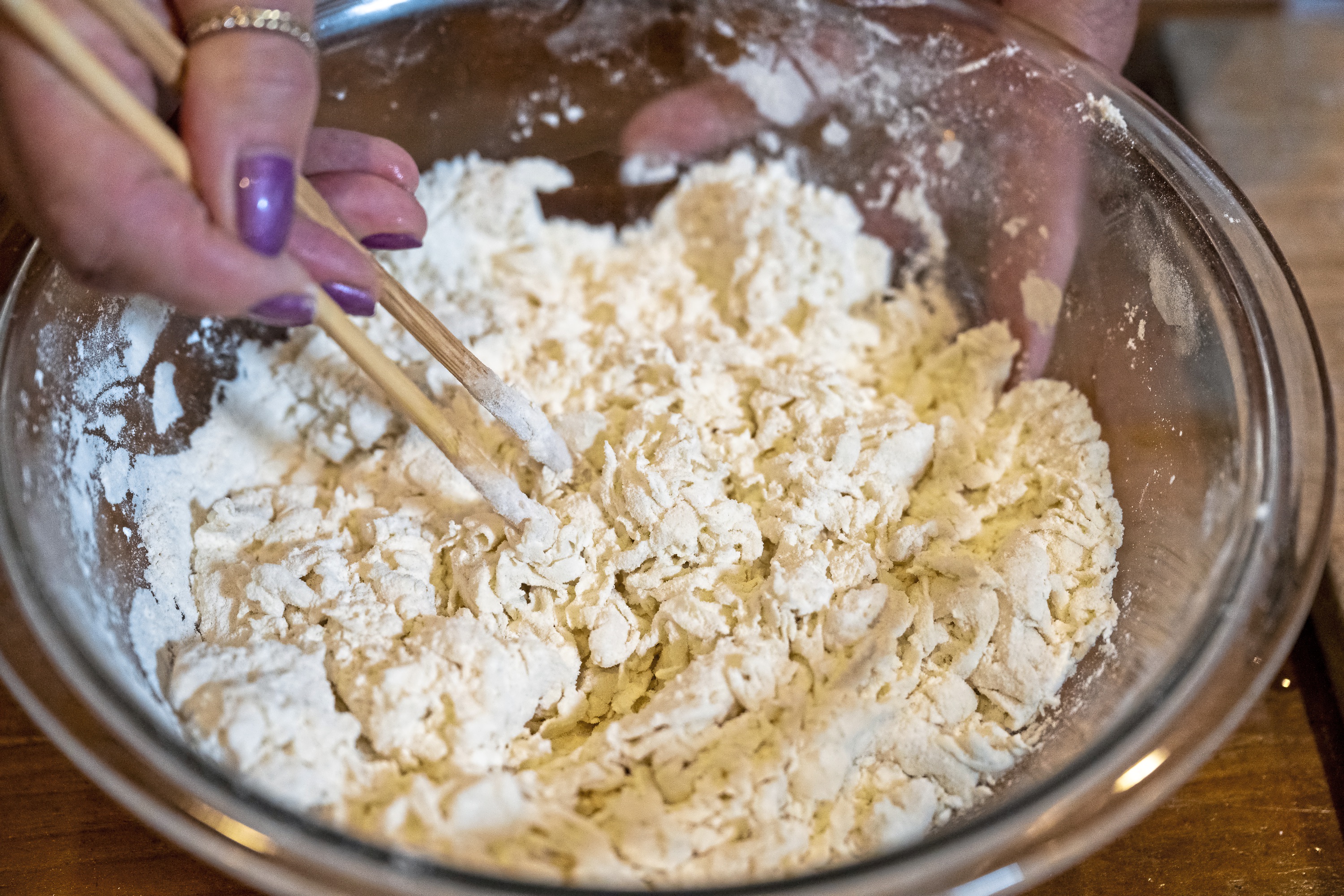
Start kneading dough with your hands and incorporate any remaining flour. Let rest 5 minutes, then knead again until it is taut, smooth and firm, about 7 minutes.
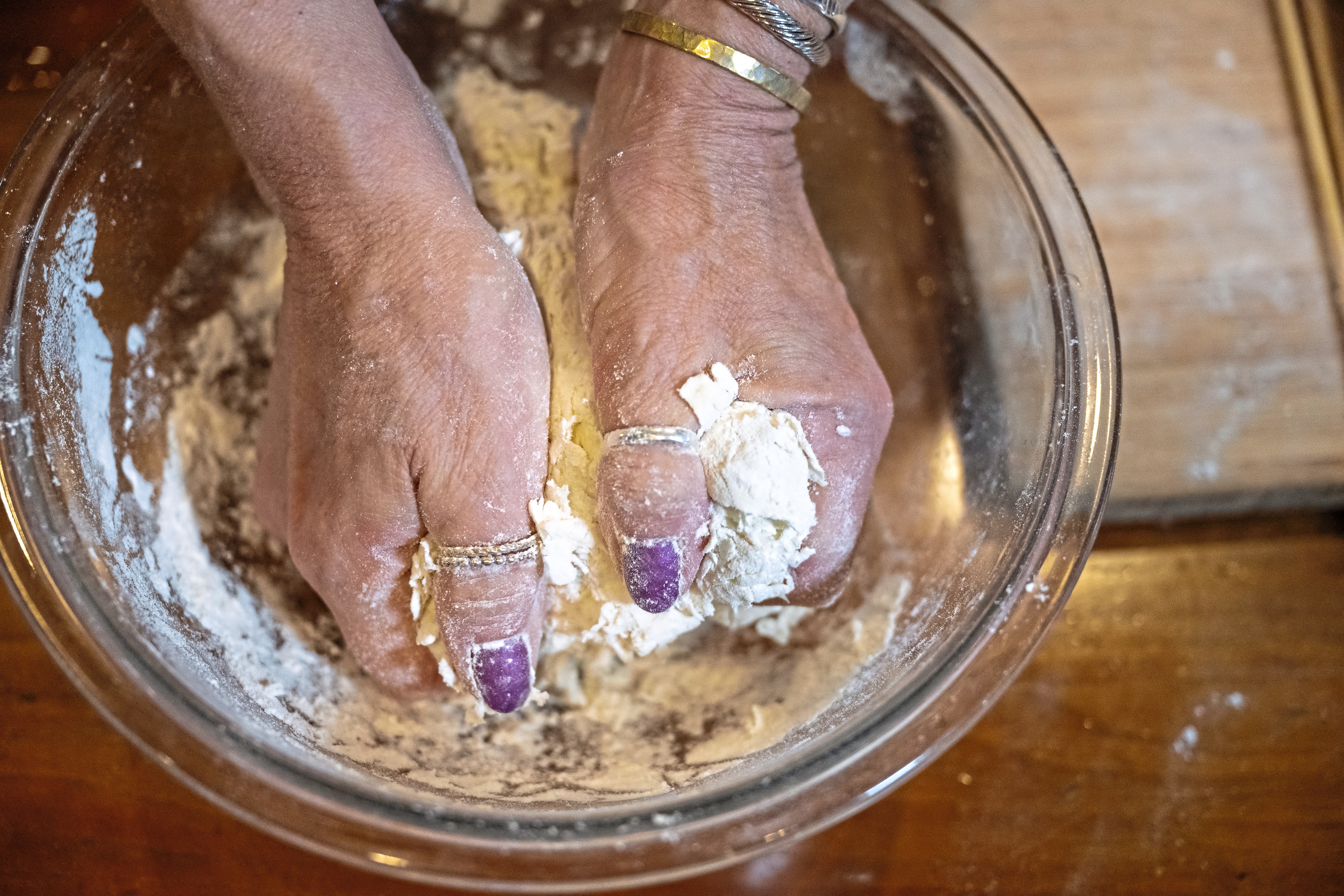
Cover with a tea towel and allow dough to rest for 15 minutes. Dough should feel slightly tacky, but not damp.
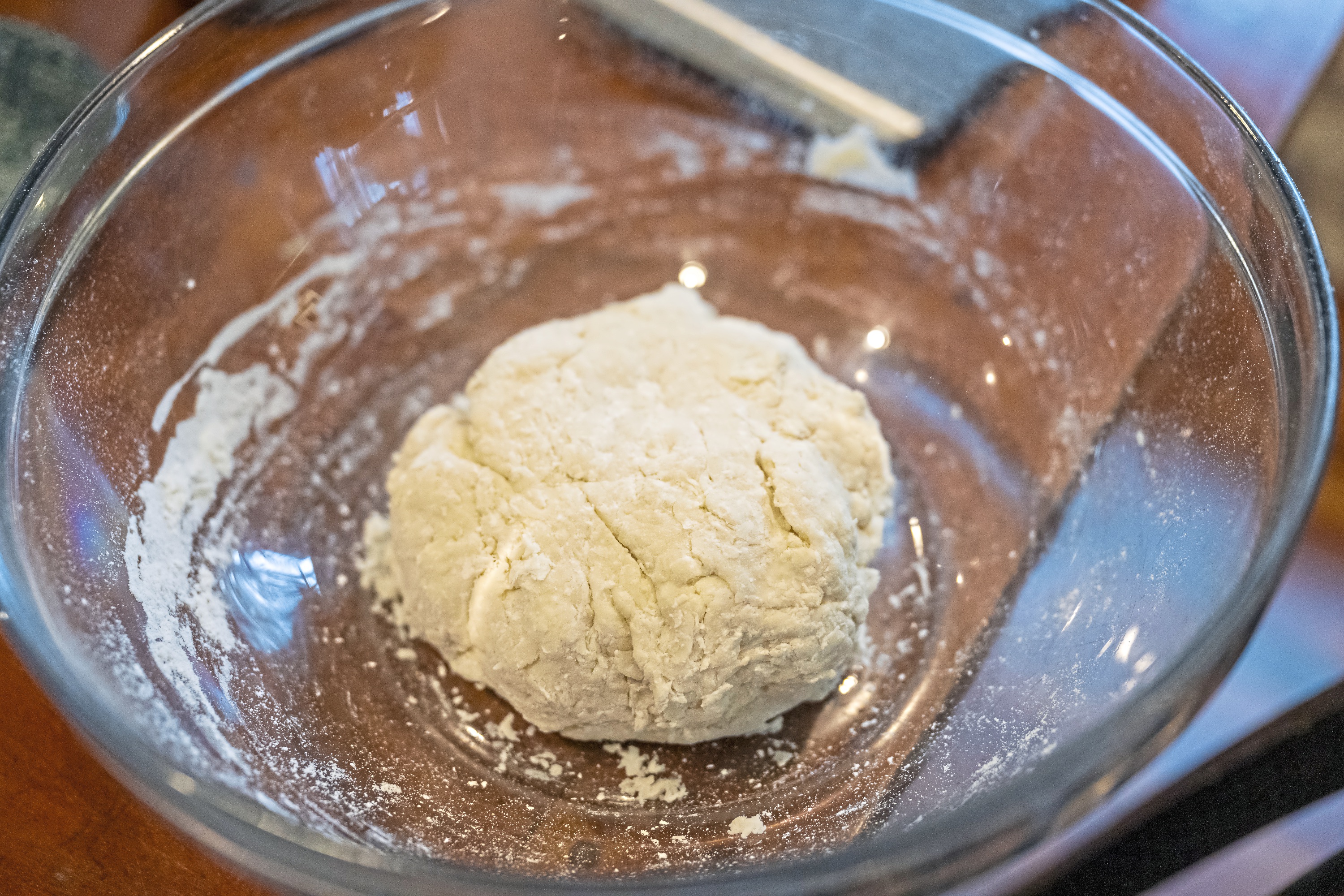
While dough is resting, prepare filling. In a large bowl, combine pork, ginger, garlic, green onion, soy sauce, sesame oil and cabbage. Stir until well mixed.
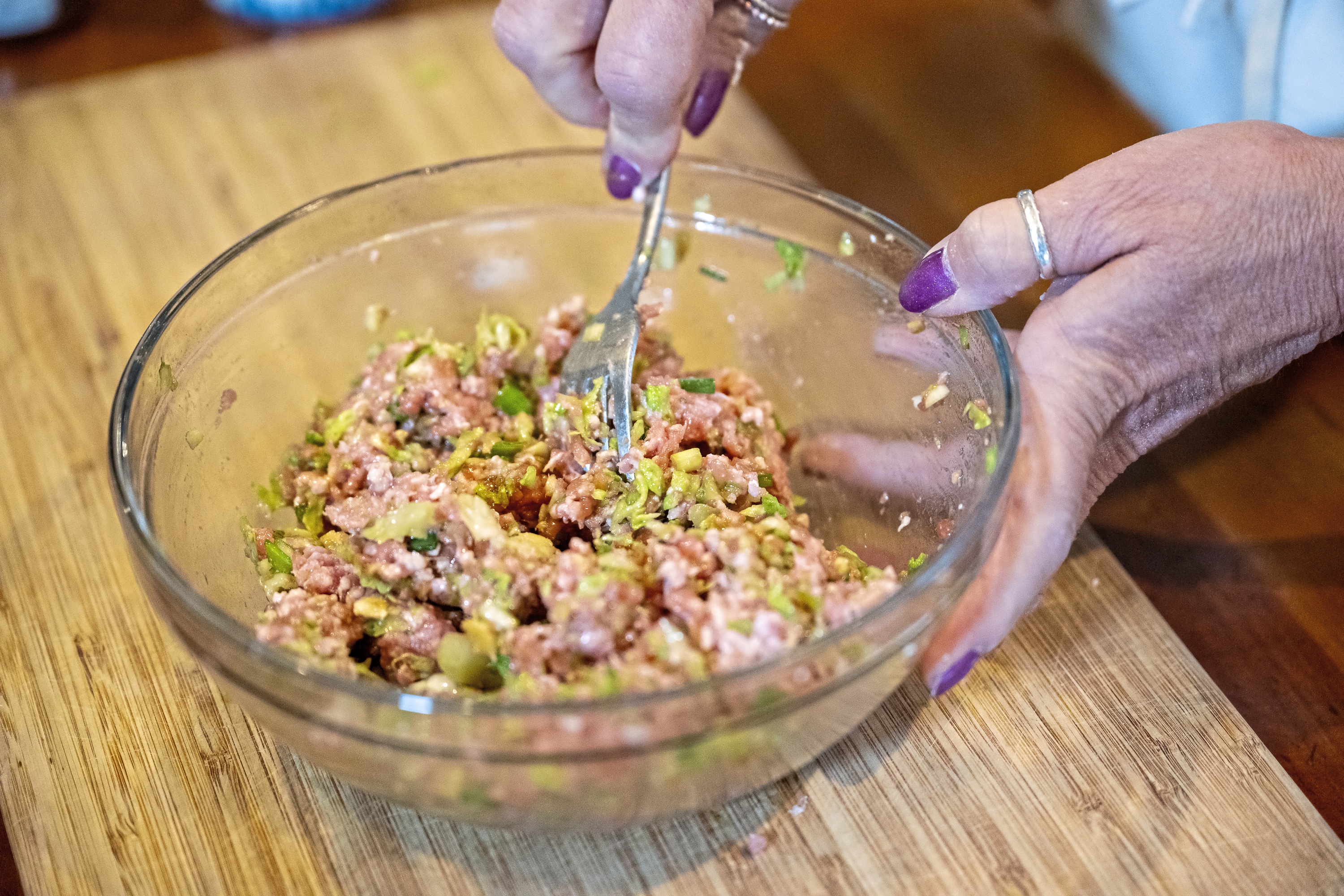
Once rested, divide dough in half. Form one portion into a ball, poke a hole in the center and shape like a doughnut. Lift dough so gravity causes the bottom to stretch and gently shape with your hands as it grows skinnier, forming an O-shaped rope.
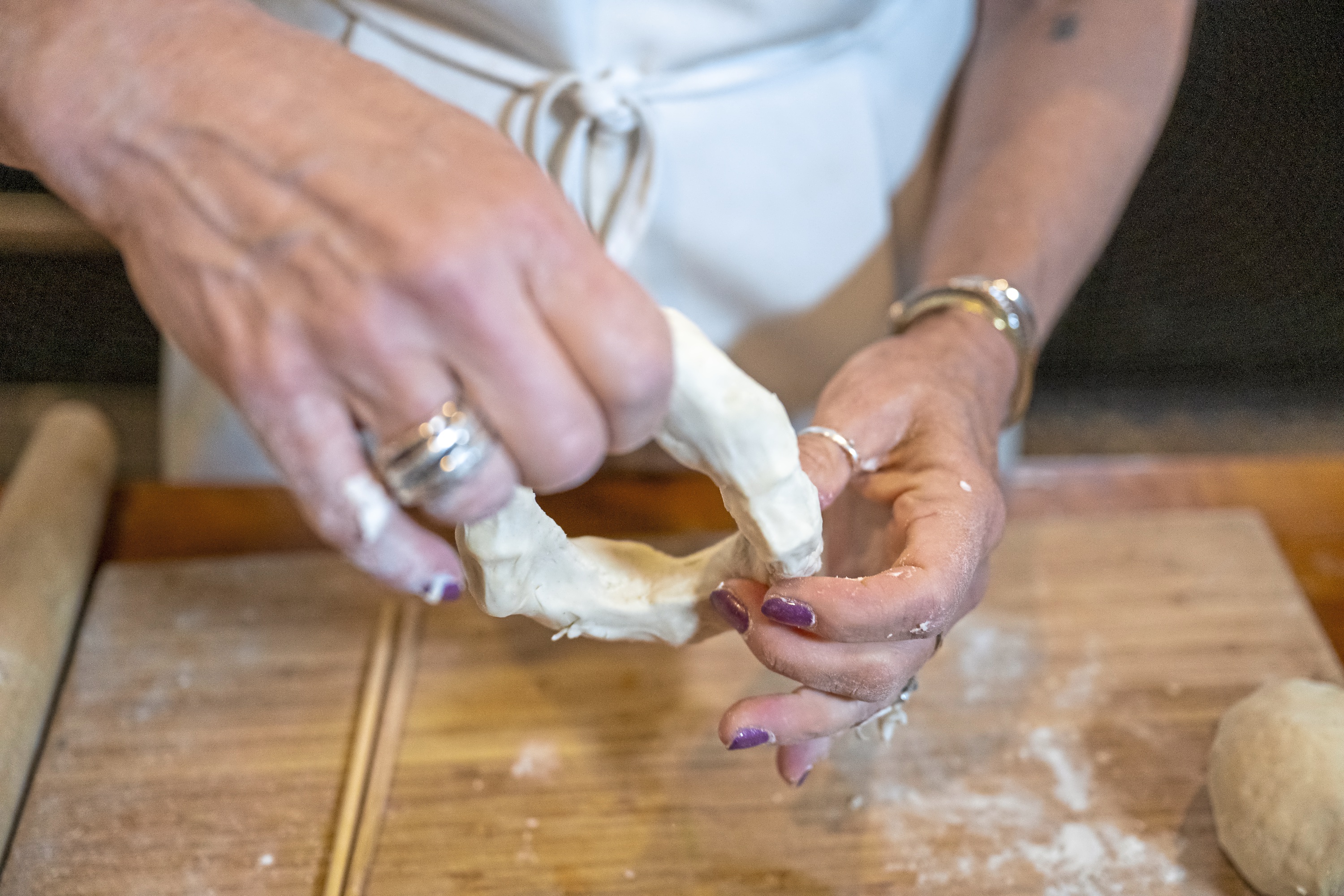
When the rope is ¾ inch in diameter, break doughnut into a long rope and tear off ¾-inch pieces with a sharp, quick snap of your wrist. (They should weigh about 10 grams.) You can also use a knife or pastry scraper. Dust pieces with flour and repeat with remaining dough.
Roll each piece into a small ball, then flatten it between palms to create a disc resembling a wafer cookie. Press thumb into dough to create a “belly” in the center.
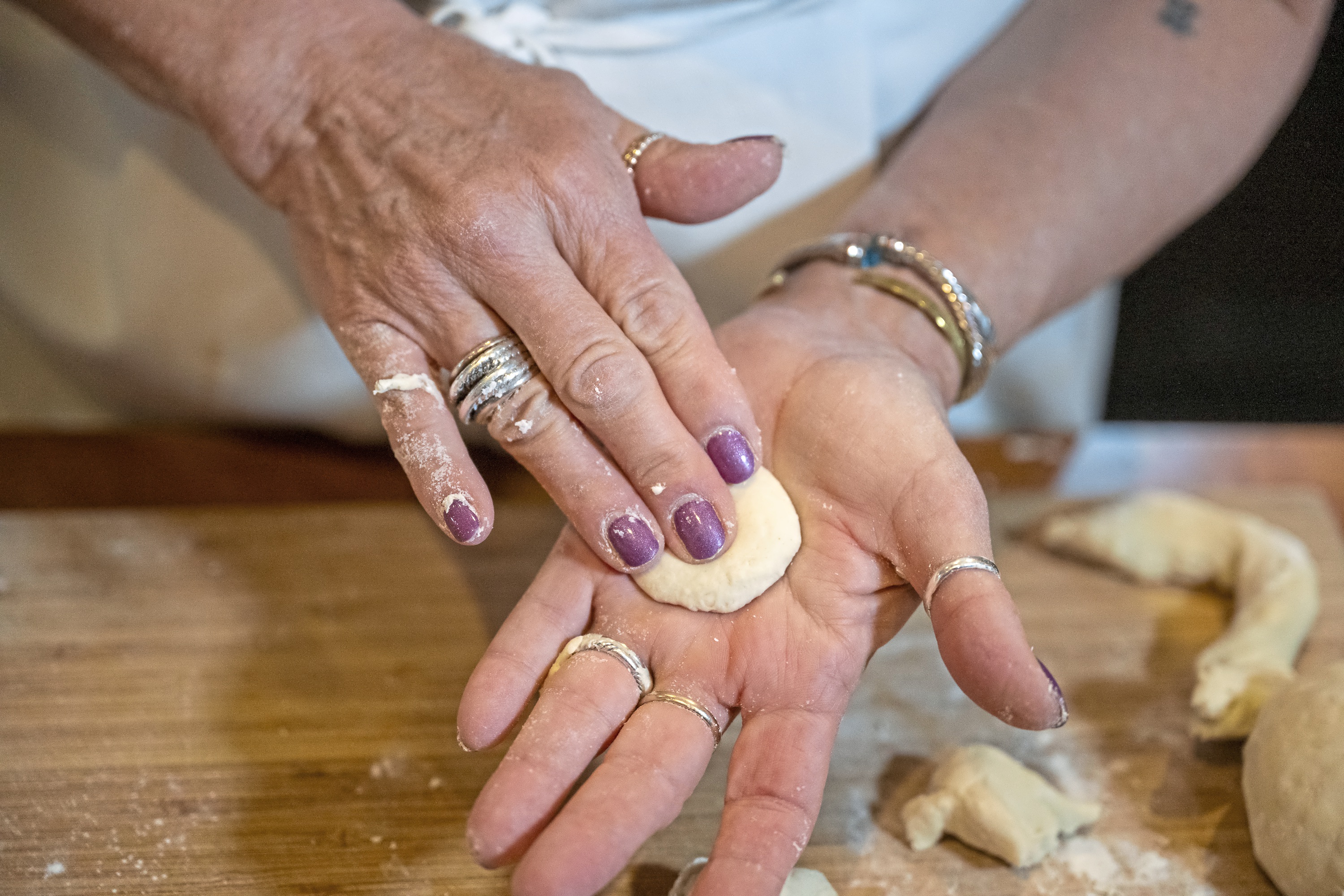
Roll dough ball into a circle about 3 inches in diameter. (The edges should be thinner than the center.) Don’t worry if it’s not perfect; it only needs to be roundish. The key is to keep size consistent so dumplings cook consistently.
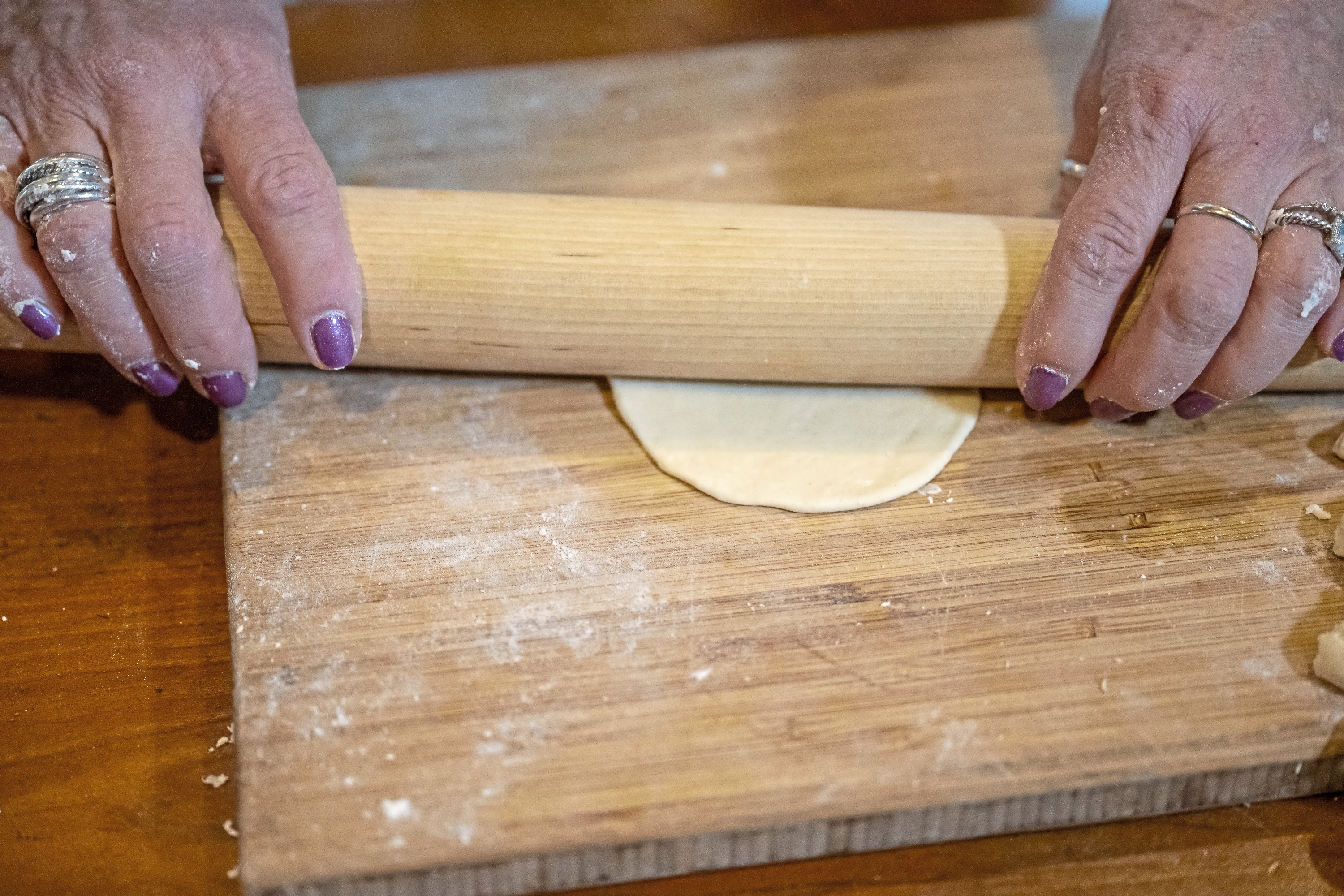
Place 2 teaspoons of filling onto each dumpling round. If you don’t want to pleat the dumplings, the easiest way to seal them is to fold the wrapper over the filling into a half-moon shape.
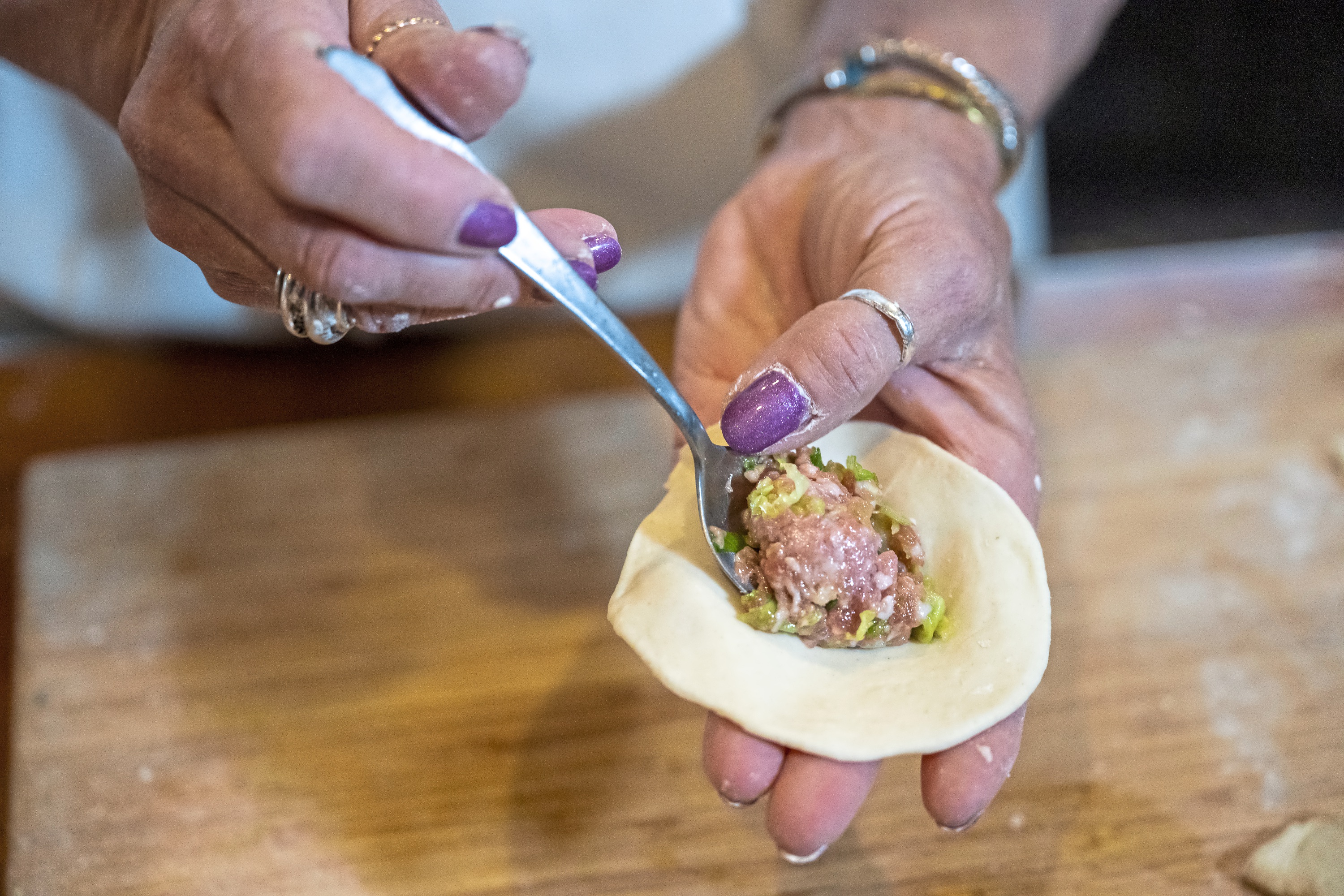
Match the edges together and press as if you were sealing an envelope. There is no need to seal homemade wrappers with water. (There is enough moisture in the dough to seal.)
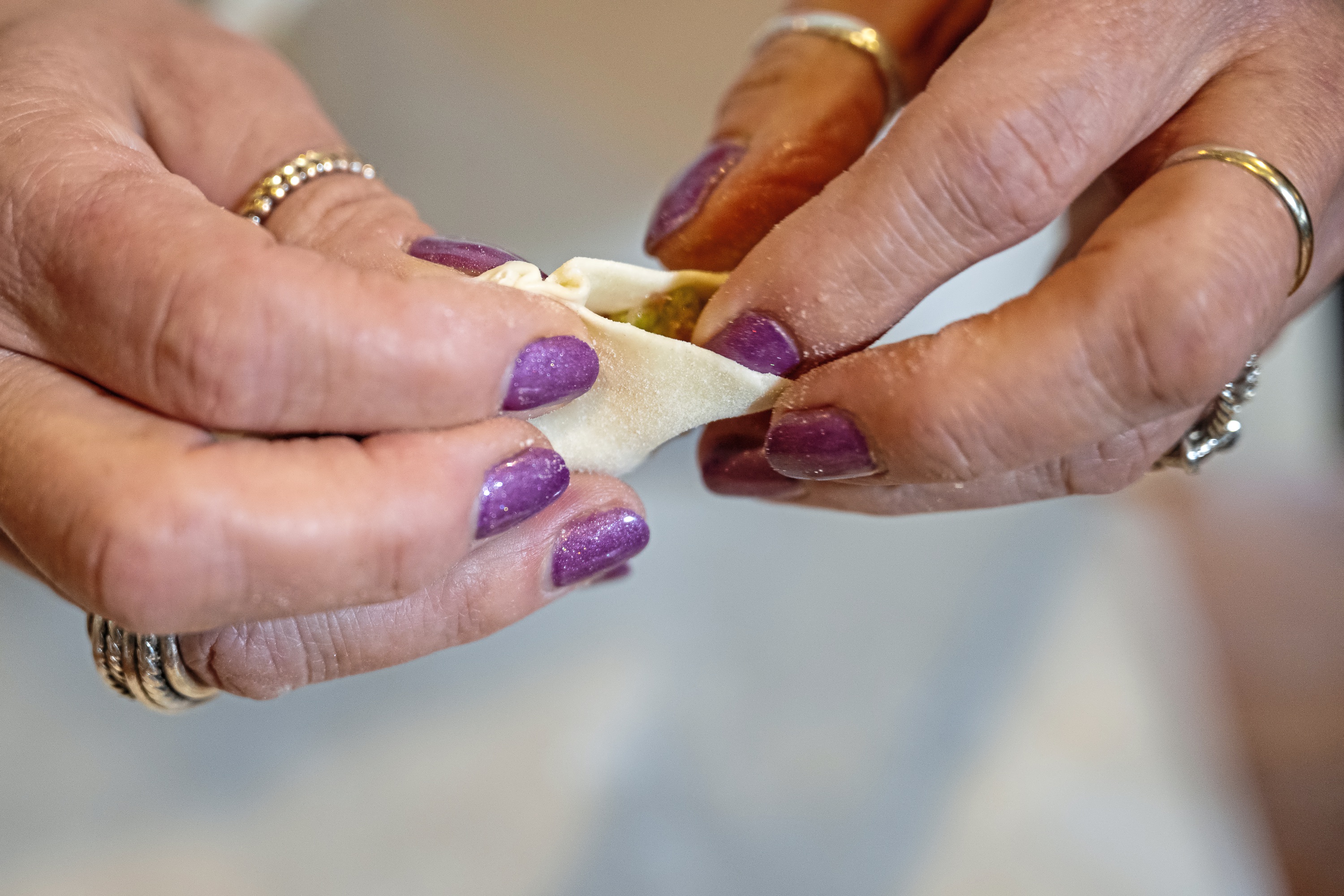
Hold sealed edge of dumpling between fingers, press bottom belly of the dumpling into a board so it stands up. Place on baking sheet lined with parchment paper and repeat with remaining dumplings.
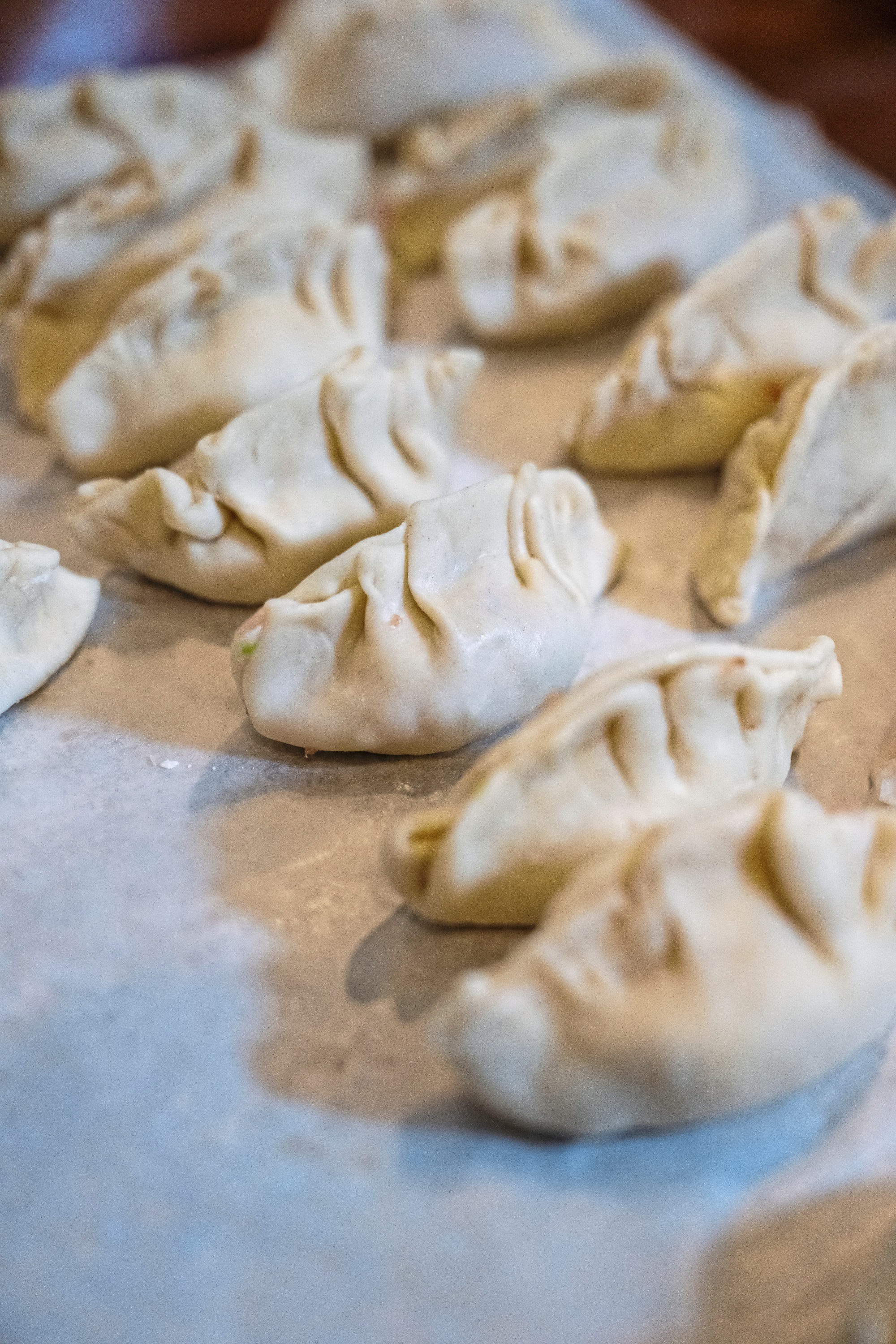
Cooking options
To boil: Bring 4 quarts water to a boil. Add 10-12 dumplings and gently stir. When water returns to a boil, add 1 cup of cold water and bring water back to a boil. Dumplings are done when they are puffed up and floating on the surface, about 5 minutes. Remove from pot to plate with a large slotted spoon or strainer.
To steam: Line steamer basket with steamer paper and place prepared dumplings in a single layer in the basket, with 1 inch between each. Place basket on top of pot and steam, covered, for 8-10 minutes, or until wrappers puff up. (Meat fillings will take longer.)
To pan-fry: Preheat a 9-inch skillet over medium heat for 1 minute. Add enough vegetable oil to coat bottom surface, then carefully arrange dumplings in a single layer, flat side down. Add ½ cup water to skillet and cover immediately. Cook for 7-9 minutes, until water has evaporated and bottoms of dumplings are golden brown.
Makes about 48 dumplings.
— adapted from “The Vegan Chinese Kitchen” by Hannah Che (Clarkson Potter, $35)
Gretchen McKay: gmckay@post-gazette.com.
Hal B. Klein
Gretchen McKay
Benjamin B. Braun
Sebastian Foltz
Hal B. Klein
Lucy Schaly
James Hilston
Laura Malt Schneiderman
Ed Yozwick
Advertisement
Advertisement